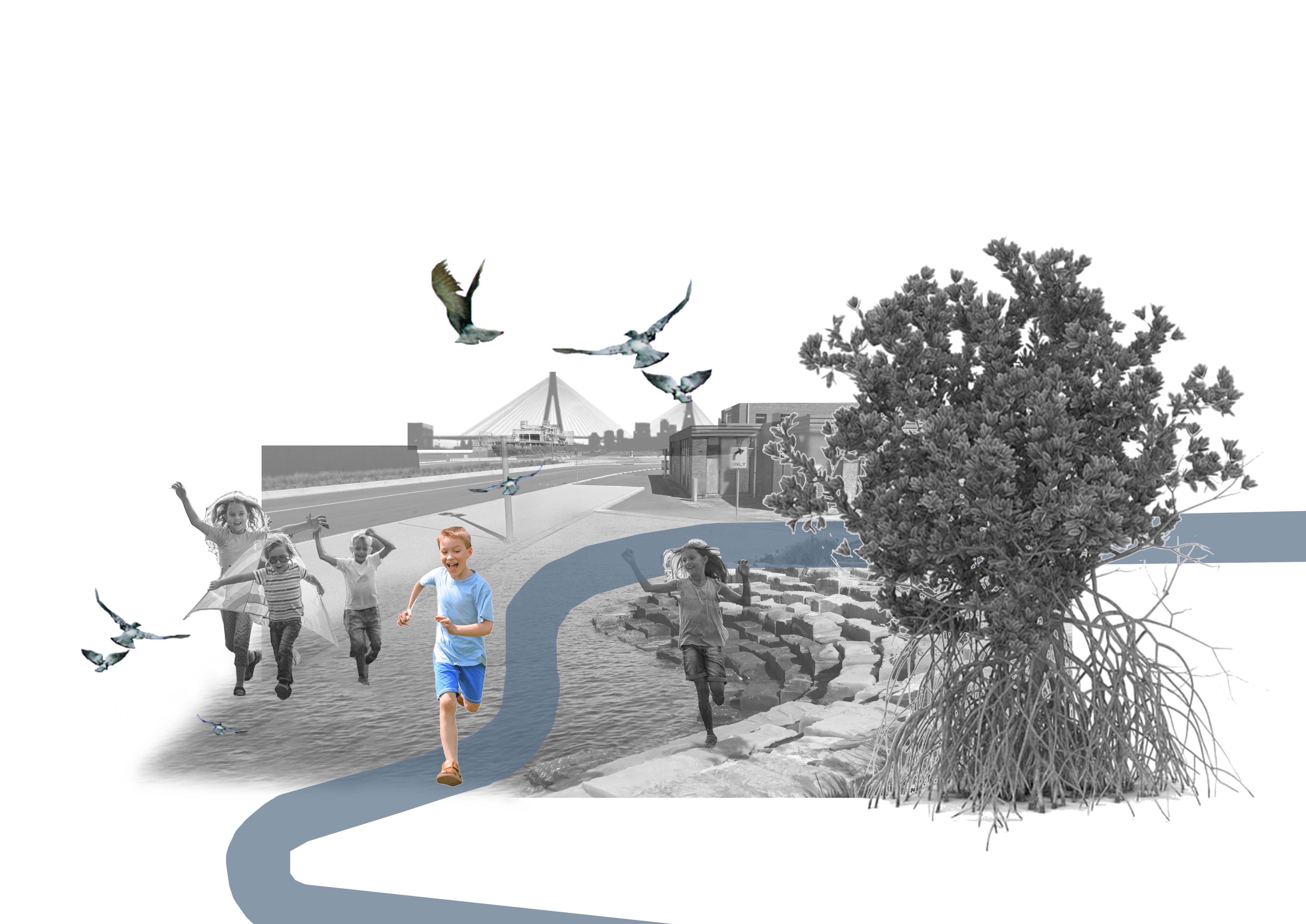

KIDgroves St
How can urban renewal street increase kids' space and WSUD in the Bays?
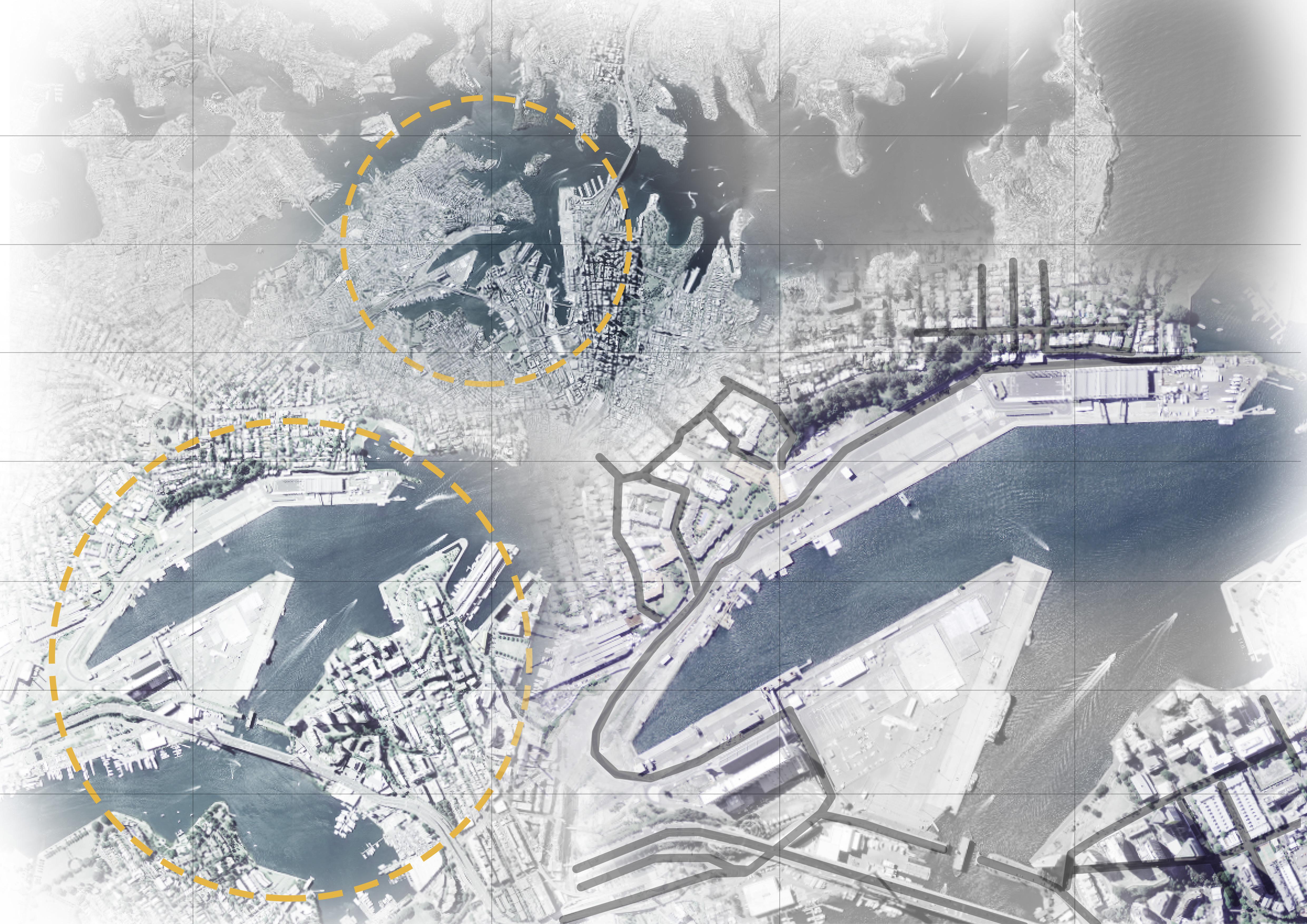
SYDNEY HARBOUR
PORT JACKSON
PARRAMATTA RIVER
THE BAYS PRECINECT
BALMAIN
WHITE BAY
GLEBE ISLAND
NARRATIVE
Extreme Heavy Rain and Sea Level Rise under Global Warming
With the trend of global warming, the global ecological environment has been damaged to varying degrees, and abnormal extreme climates have appeared. Floods in the inner west are usually caused by sudden extreme heavy rains in or near the area. Especially in cities, streets and sidewalks account for 80% of the city’s open space, and they are also the main places where rainwater runof occurs ("Streets|National Association of Urban Trafc Ofcials", 2021). At the same time, it is inevitable that the coastline will move inward. In this year's COP16, Australia promised to reduce carbon emissions, which means that it will reduce industrial volume and increase ecologicalization.
Limited Kids' Space on Street
According to the 2006 Census (2016) of the US Inner West Commission, there are approximately 2,400 children aged 0-11, accounting for 13% of the total population of the US Inner West. However, due to various factors on city streets, such as limited space, heavy traffic and insecurity, children rarely have the opportunity to play outdoors. The spatial diversity of urban streets and the diversity of children’s lives in the community have gradually decreased, and the vitality of urban streets has gradually disappeared.
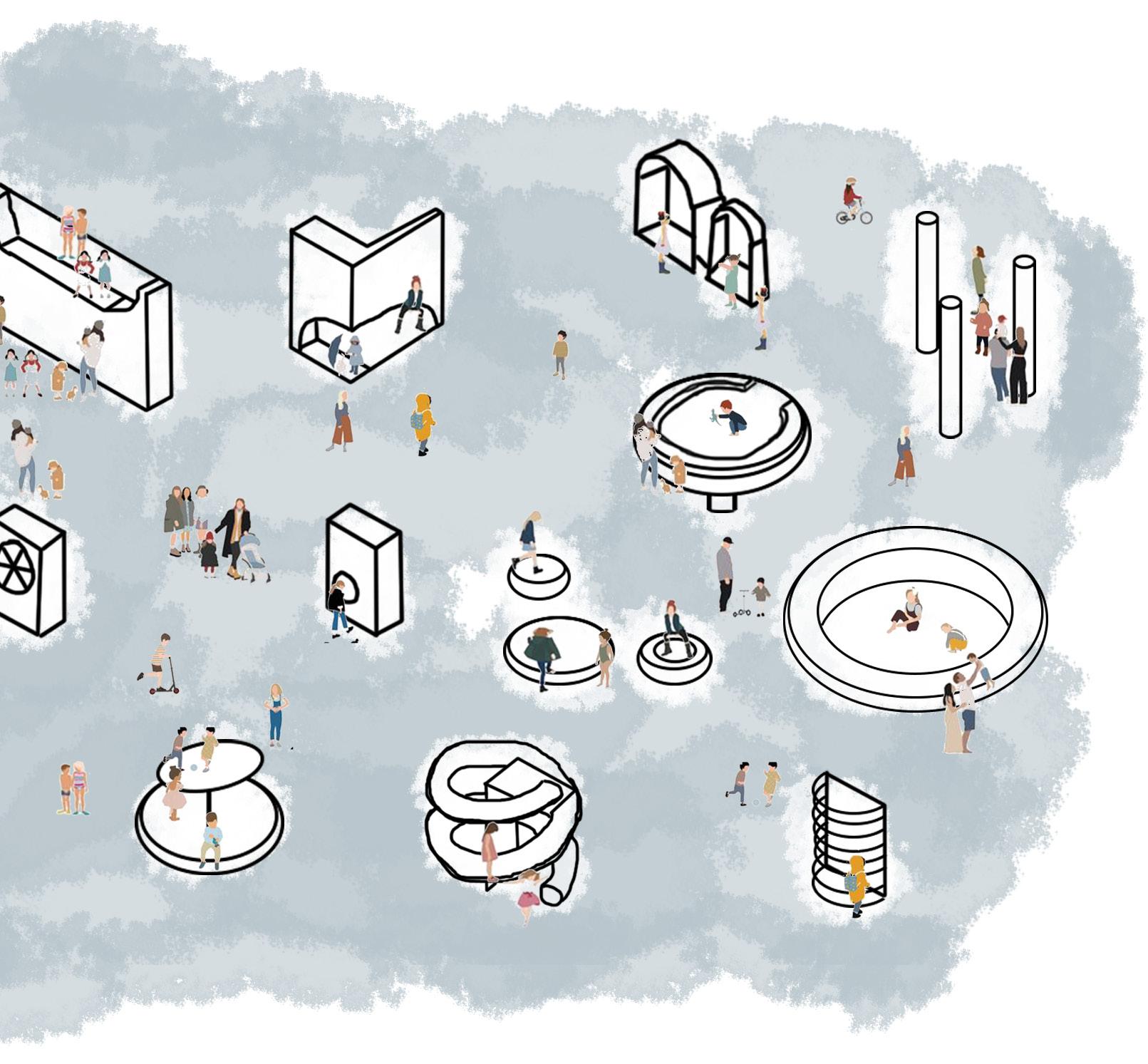

I set my sights on the working harbour area of the bays, aiming to build it into a resilient urban children’s ecolo ical space and ma e it more diversi ed, so as to reduce carbon emissions, cope with the e treme
rain and sea level rise in the bays and the limited space for children.
This pro ect will e plore effective desi n strate ies for urban street, not only conducive to rainwater mana ement, copin with e treme weather, but also conducive to children's outdoor activities. It will focus on e plorin the functional and spatial aspects of I roves St.
"Landscape architects should not be limited to a specific green space, but an innovative and challenging multifunctional space." (Herrington, 2016)
What happens if both landscape and development are both leading in the foreshore of the Bays?
LANDSCAPE Mitigate and Respond to Global Warming
Attract Children and Increase Street Space DEVELOPMENT

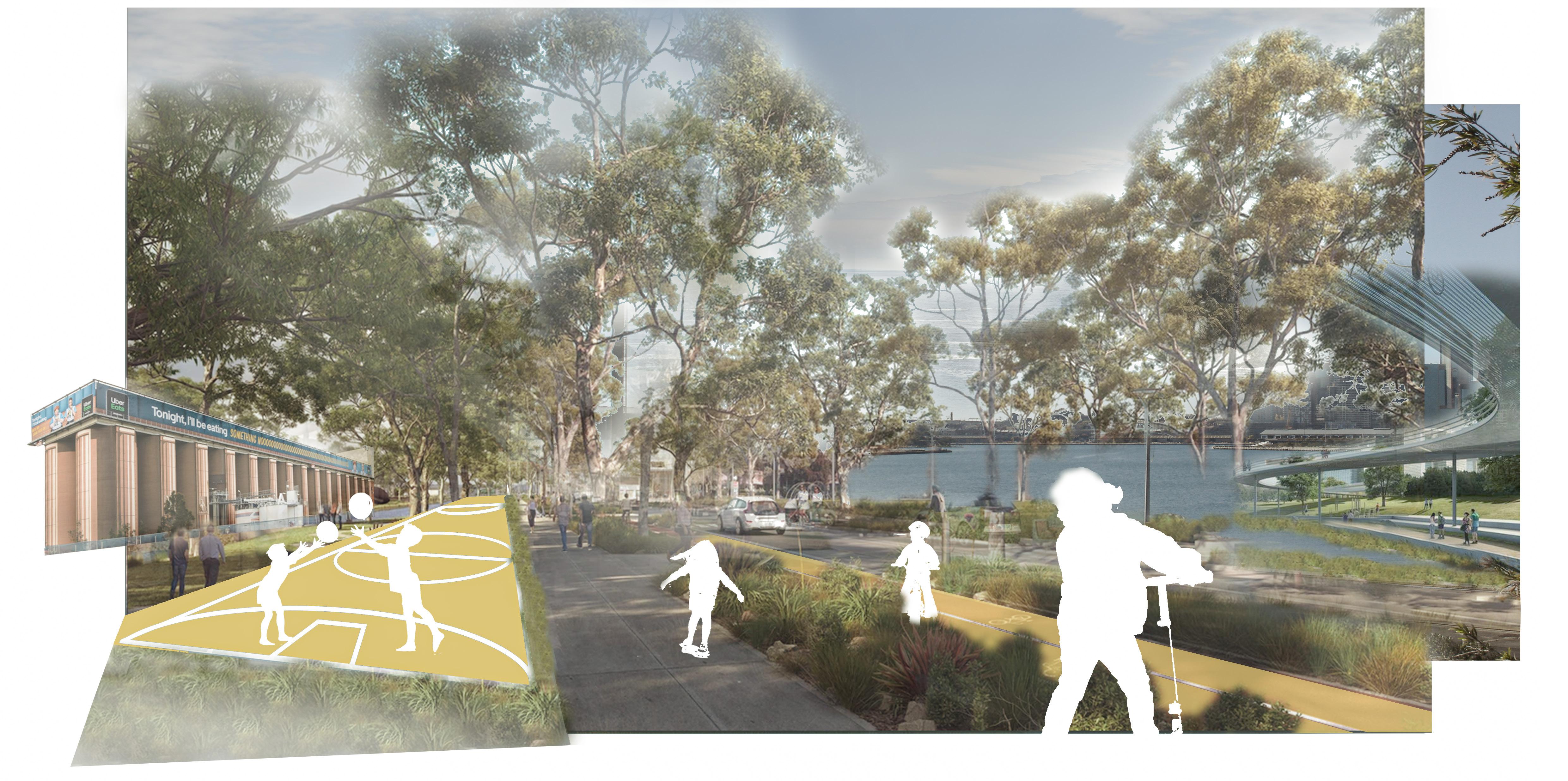
HISTORY TIMELINE
1830s - 1915
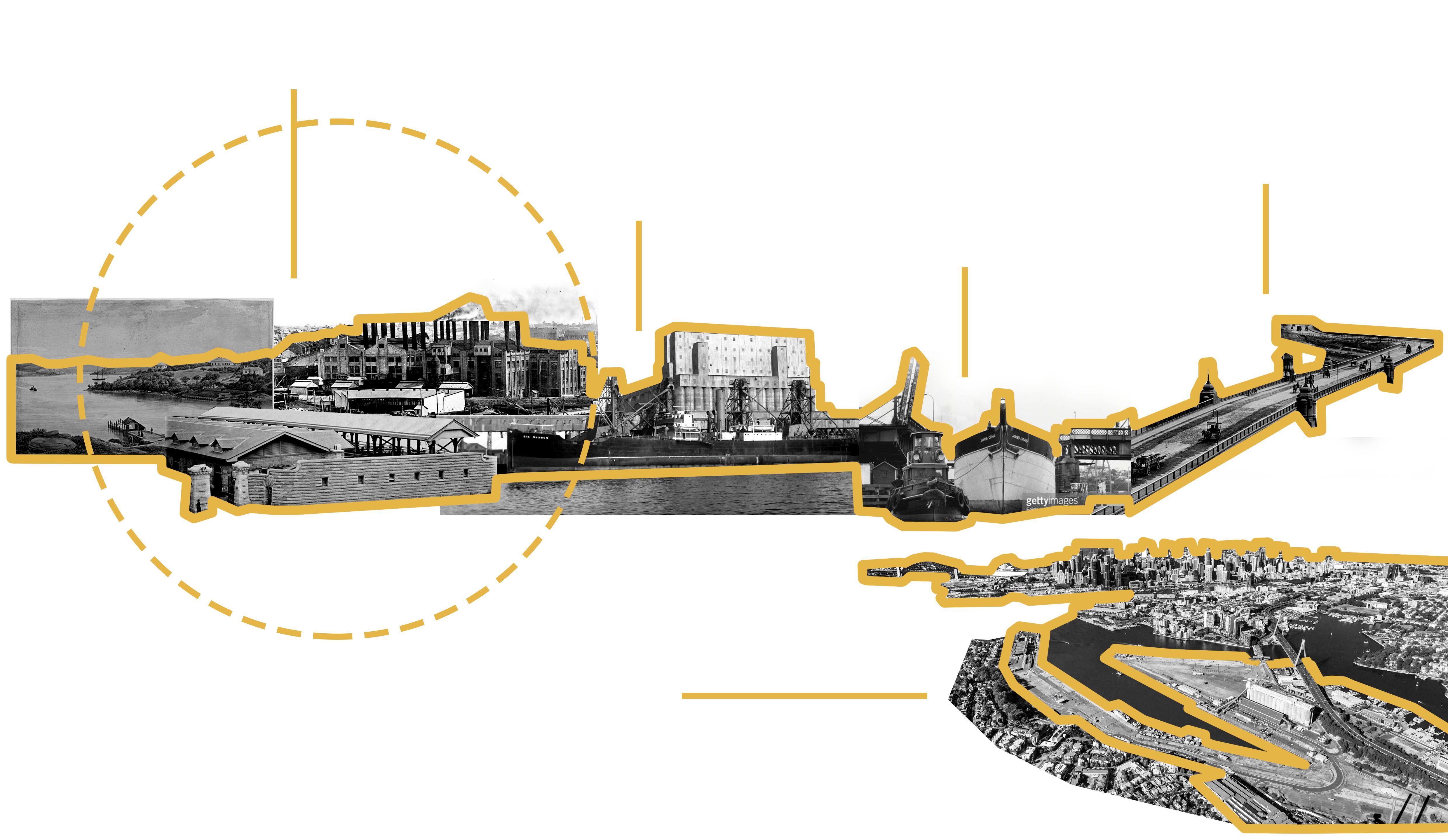
Joint ventures to supply meat to Sydney, mainly in meat canning and export trade.
1920 - 1990s
Glebe island silos constructed and used for handing grains.
2021
The Bays Precinect is an urban renewal project in Sydney. It will involve the redevelopment of 95 hectares of land adjacent to Sydney Harbour.
1995 - 2021
The 805-meter-long Anzac Bridge was opened in 1995.
1970 - 1990s
Founctioning as a container terminal
FOUNDAMENTAL ASSET - Hydrology
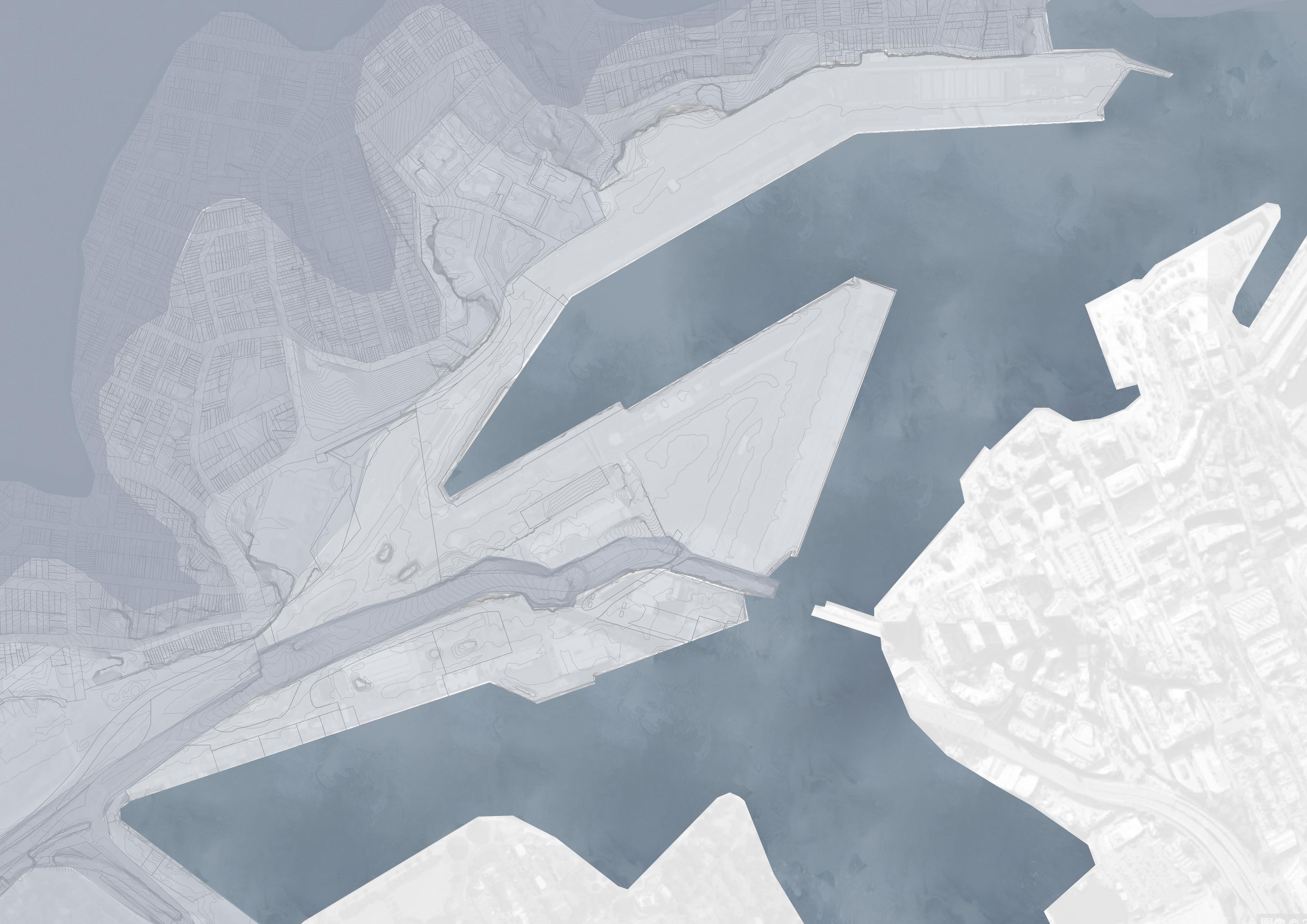

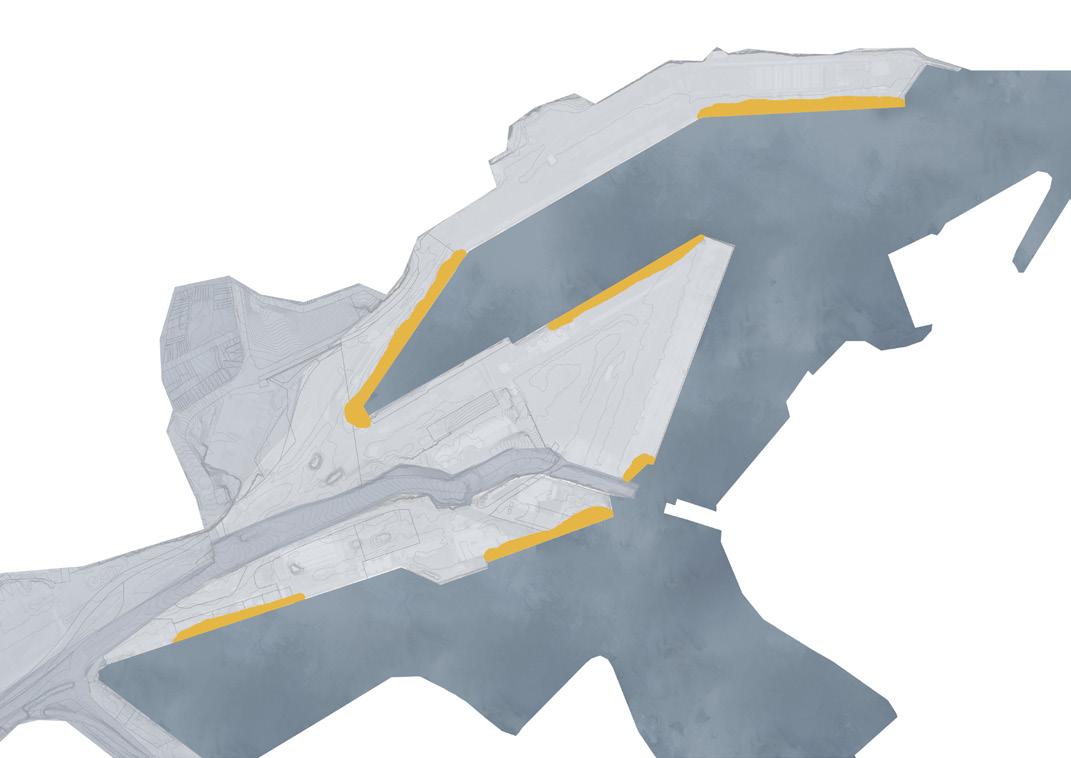
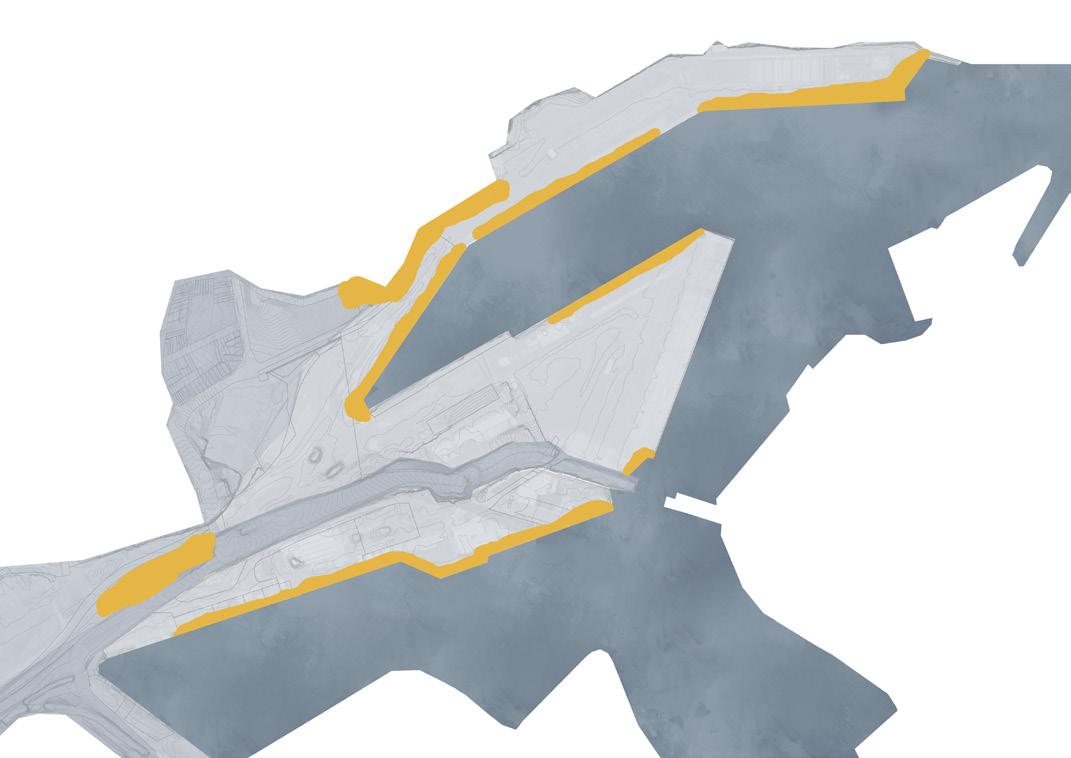
Glebe Island White Bay
Rozelle Bay
FOUNDAMENTAL ASSET - Circulation and Streets
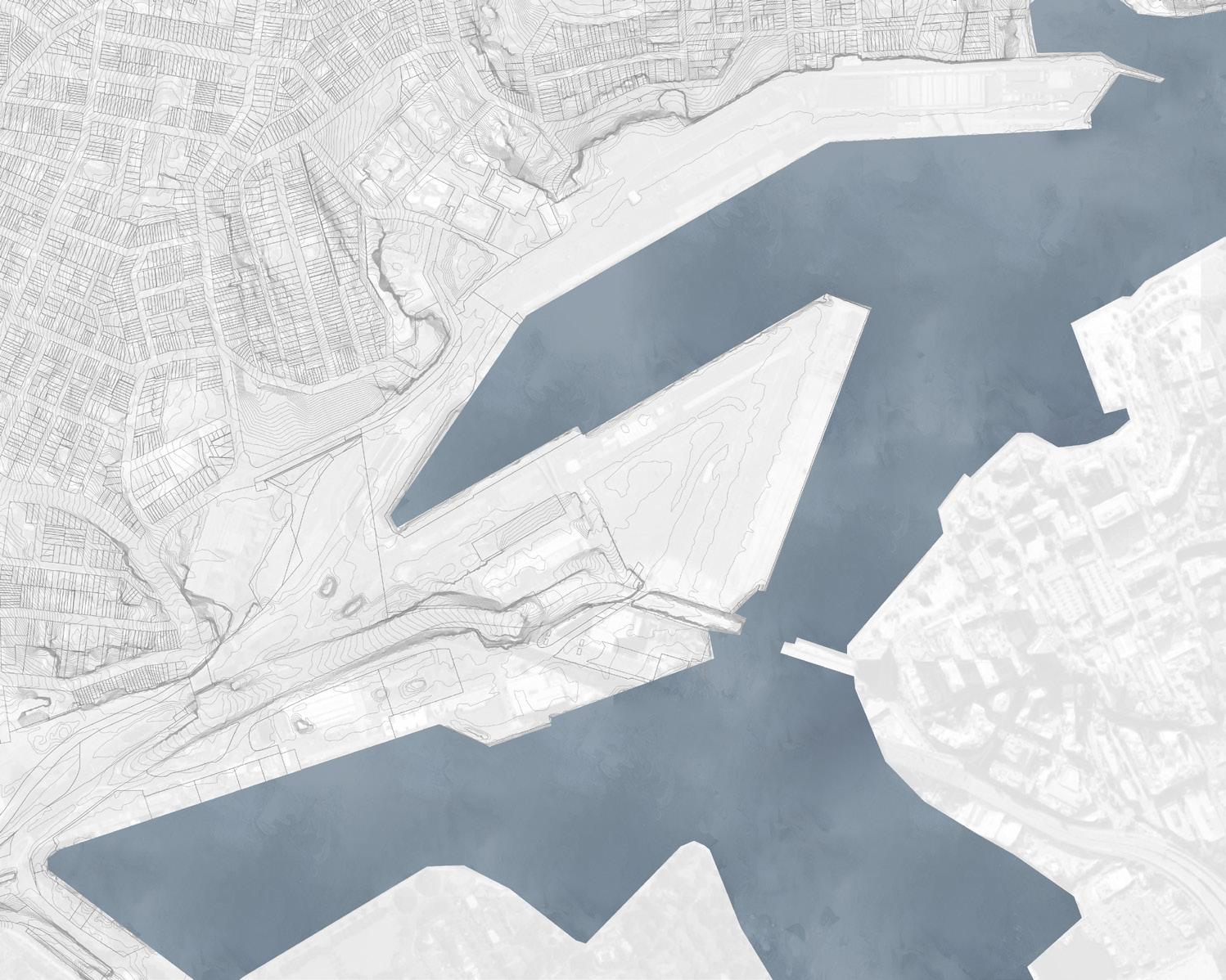






Glebe Island
Glebe Island
Glebe Island
White Bay
White Bay
White Bay
Rozelle Bay Rozelle Bay Rozelle Bay
FOUNDAMENTAL ASSET - Flat Open Space
The terrain of the industrial brown eld is basically at, and the most si ni cant spatial element is the lar e industrial architectural herita e.


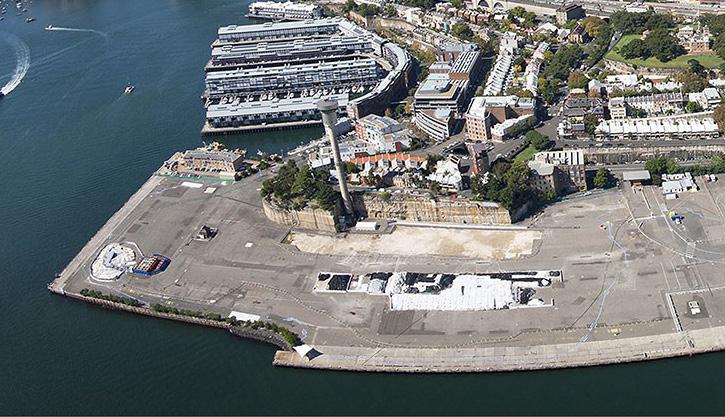
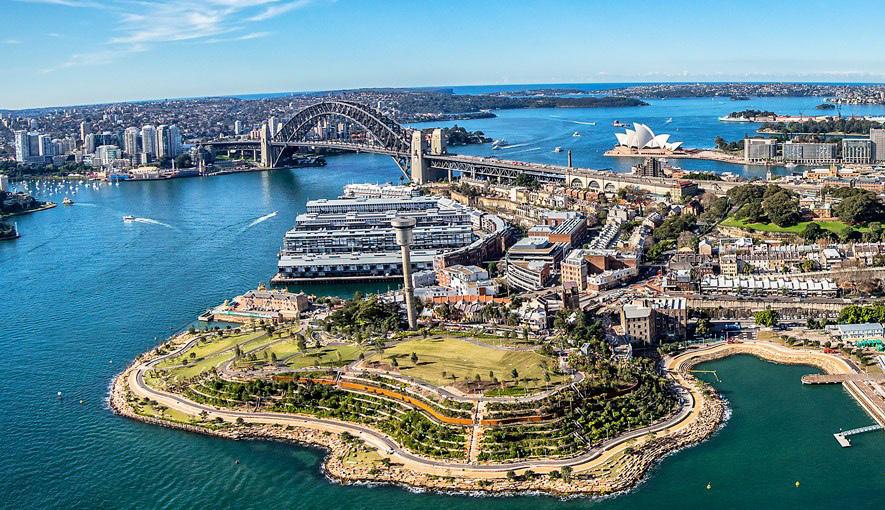
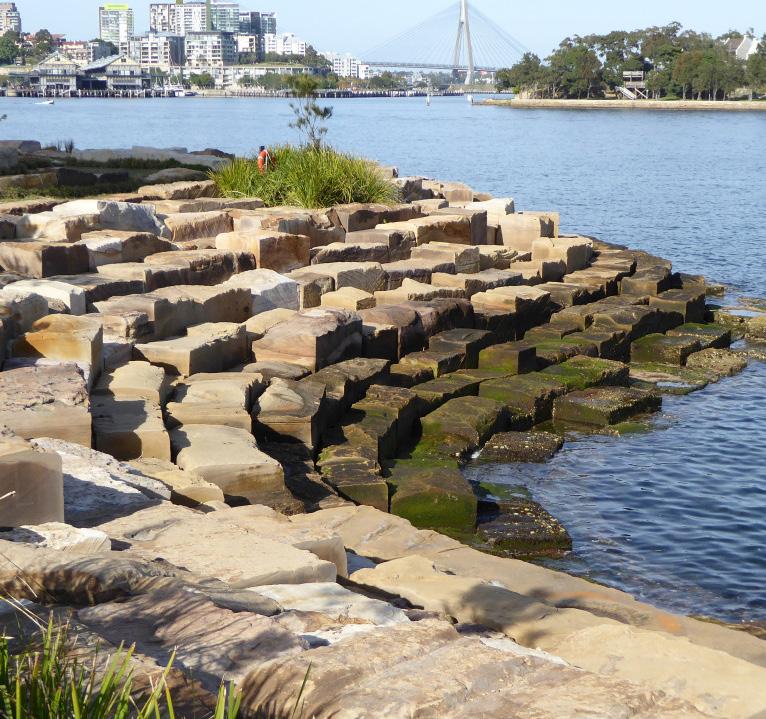
White Bay
Rozelle Bay
Rozelle Bay
Barangaroo Reserve - Edge
Barangaroo Reserve - Past Picture
Barangaroo Reserve - Present
White Bay Power Station with Sandstone Edges
White Bay Crusie Terminal Glebe Island
FOUNDAMENTAL ASSET - Mangroves Communities
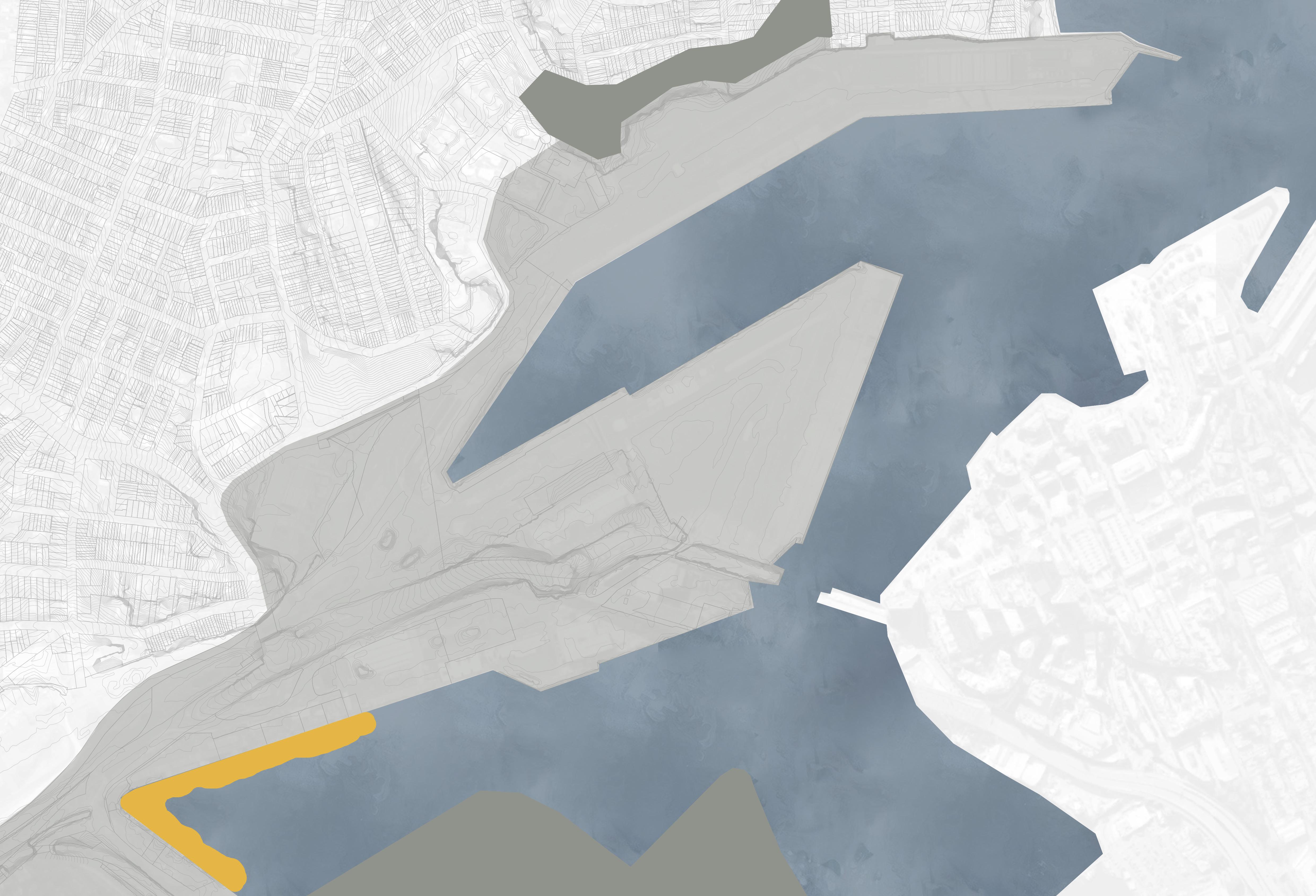
Mangroves Communities and Tidal Wetland in the past.
High Environmental Land Birrung Park
High Environmental Land Biomap Regional Corridors
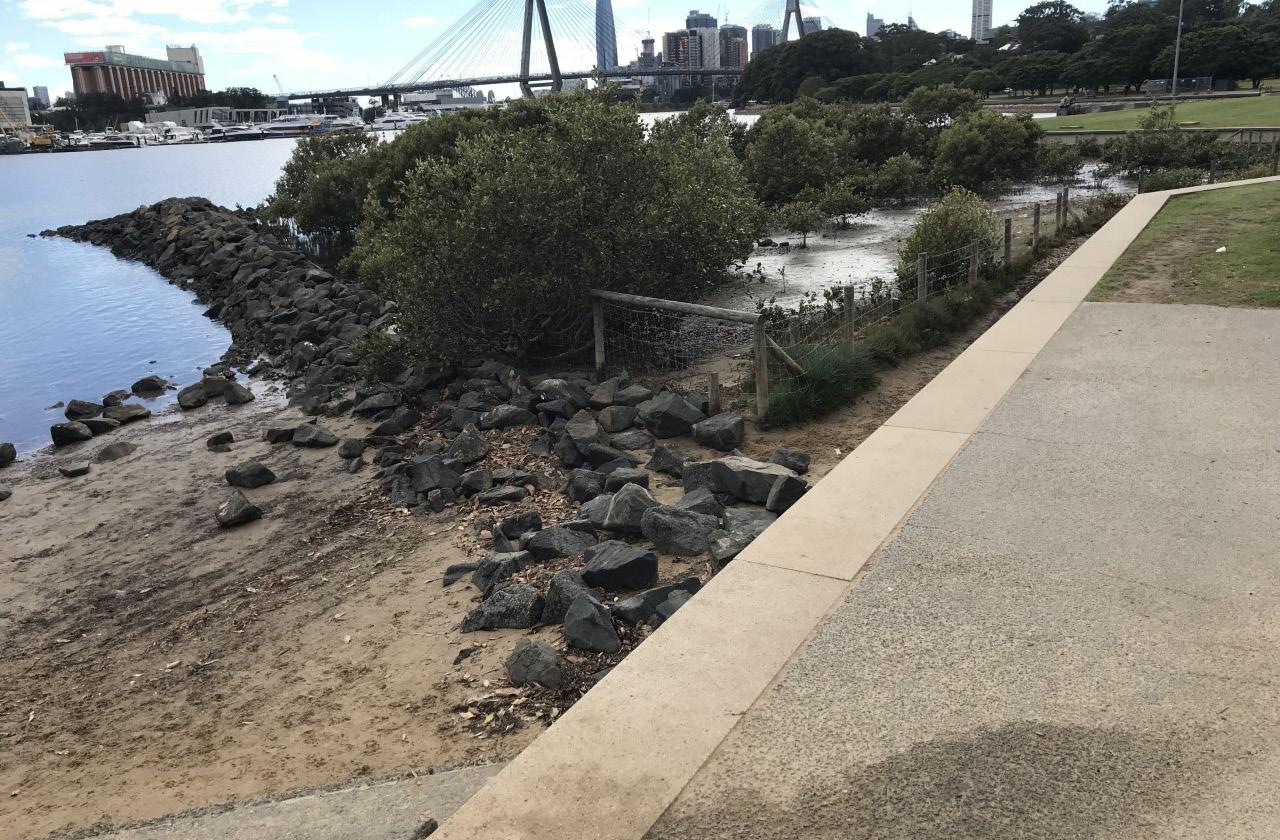

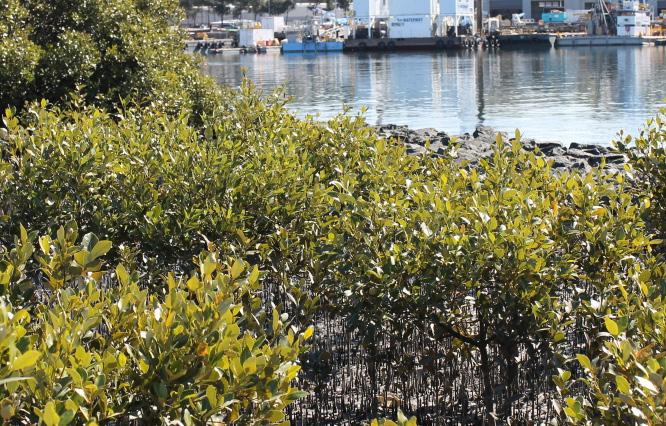
The slow-growing mangroves have started to regenerate naturally, with many young trees present.
from https://www.alamy.com/stock-photo-mangroves-at-bicentennial-park-annandale-next-to-rozelle-bay-140679511.
Photo
Glebe Island
White Bay
Rozelle Bay
1:5000@
FOUNDAMENTAL ASSET - Demography
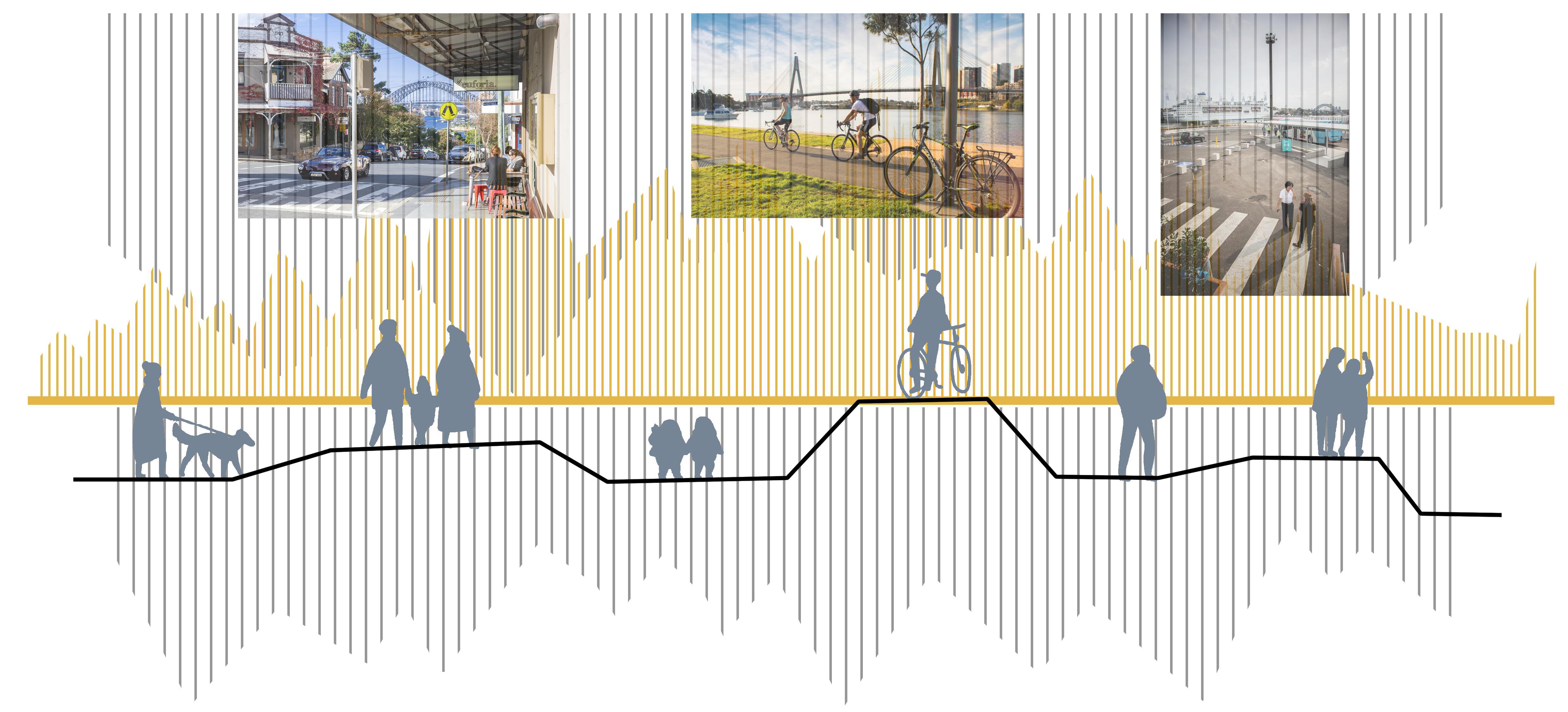
The Degree of Active
The Degree of Use of the Site
According to the Inner West Council's 2006 population Survey (2016), there are approximately 2,400 children aged 0-11, accounting for 13% of the total population of the Inner West.
DESIGN CHALLENGE

Street Flooding
The relatively flat concrete floor is not conducive to rainwater drainage and in ltration. The site will ood in the event of heavy rain.
Due to extreme weather caused by global warming, the site will be invaded by sea level rise.
The site lacks functional diversity and group diversity. According to CPTED, such streets are not conducive to the safety of children.
Sea Level Rise
Lack of Children's Space
DESIGN PRINCIPLES

Introduce the concept of green streets and WSUD
Convert the gray infrastructure of the streets into green infrastructure.
Establish an ecological intertidal zone of mangroves along the edge
Responding to future sea level rise caused by tidal changes and extreme weather.
Maximize the use of terrain and street space to increase children's space
Make children have a unique experience in the venue.
STAGE 1 - Soil Restoration
When the metro is built by 80% in the Bays.
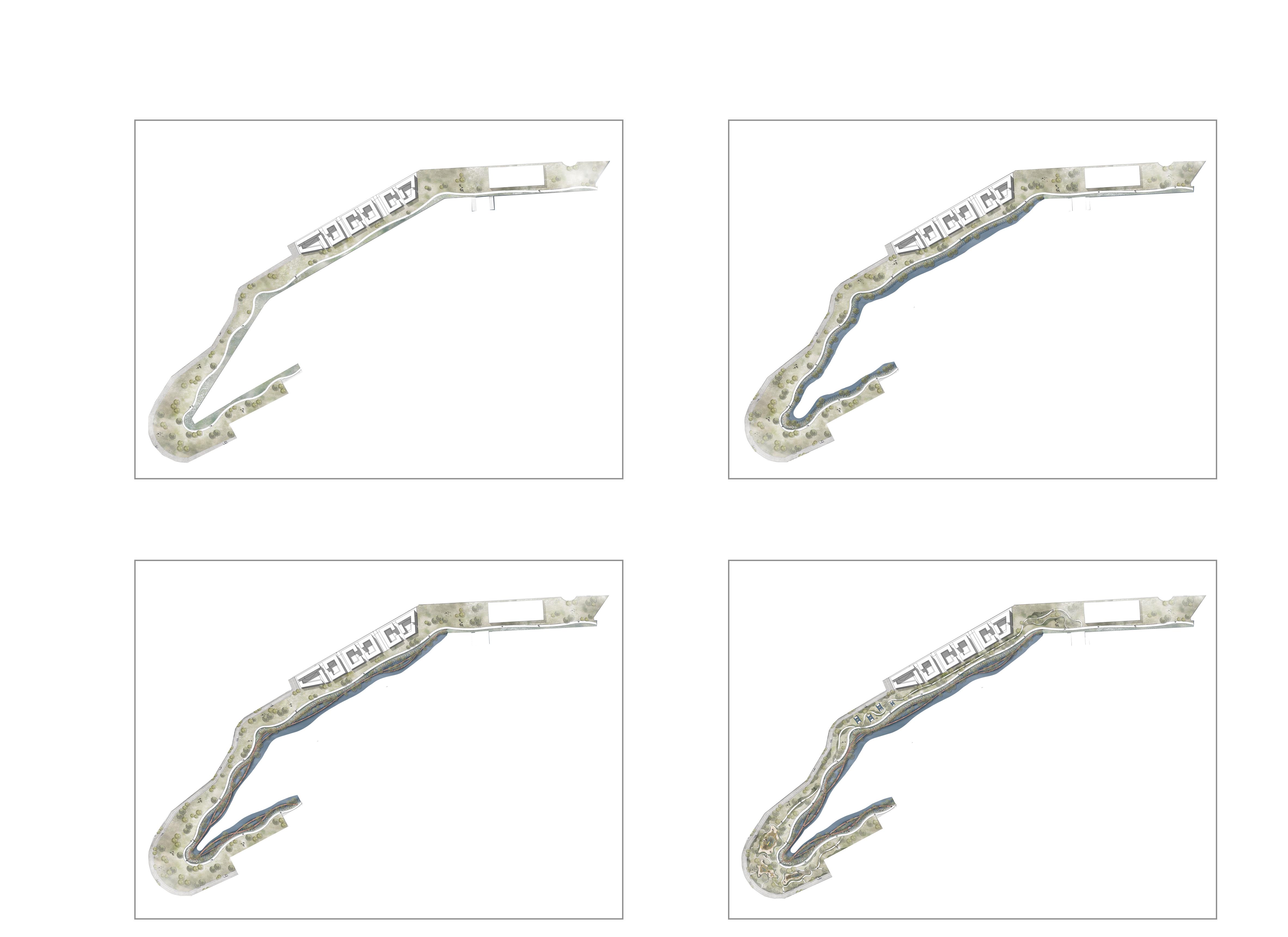
STAGE 3 - Birdwatching Landscape
When the ecological intertidal zone formed by 70%.
STAGE 2 - Artifcial Cultovitation+ Natural Succession
When the toxic substances in the soil are reduced by 50%, the population recovers by 30%.
STAGE 4 - Street Parks with WSUD
When visitors increase by 50%, children increase by 20%.
STAGE 1 - SOIL RESTORATION
When the metro is built by 80% in the Bays.
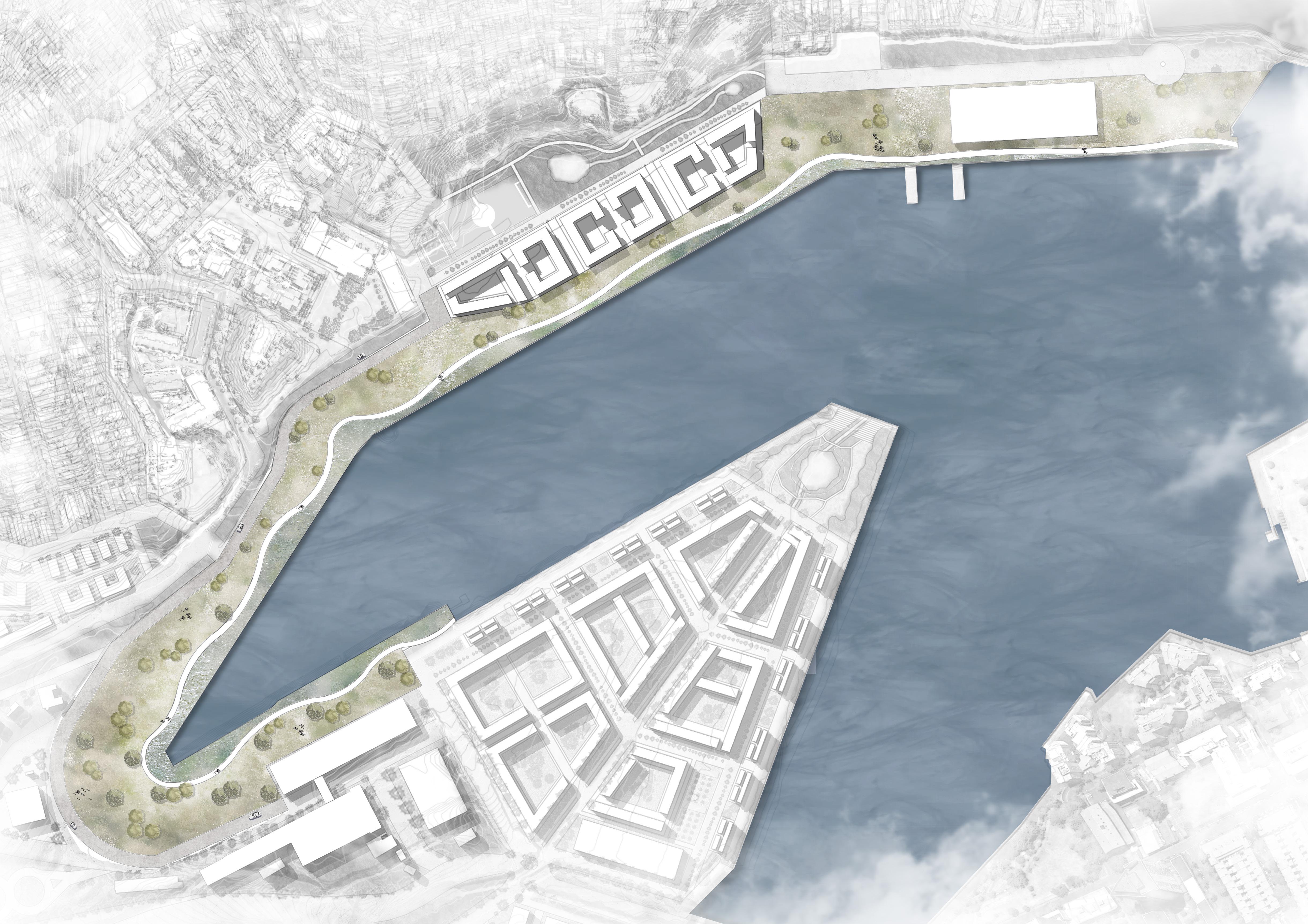
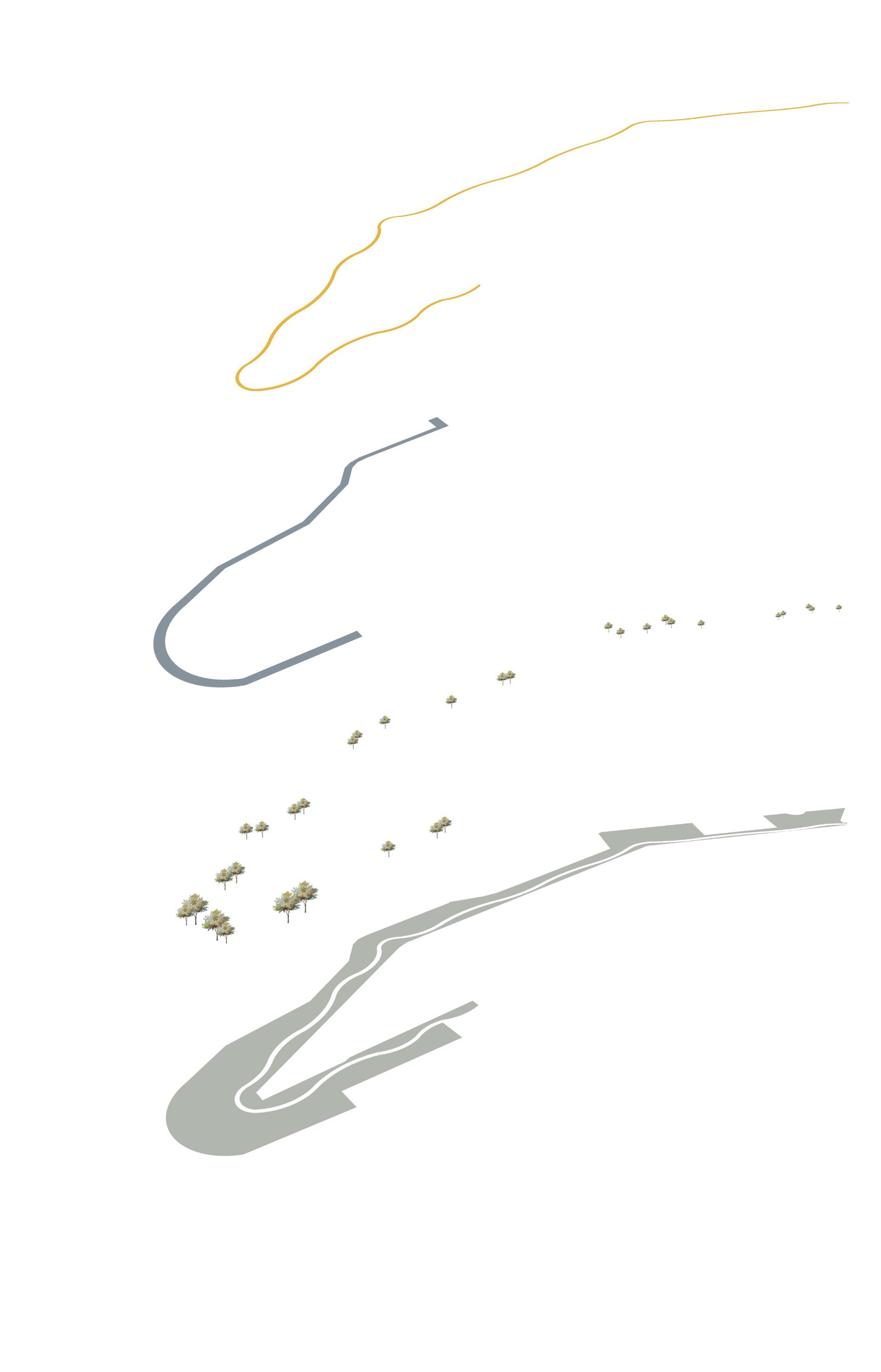

STAGE 1 - SOIL RESTORATION

When the metro is built by 80% in the Bays.
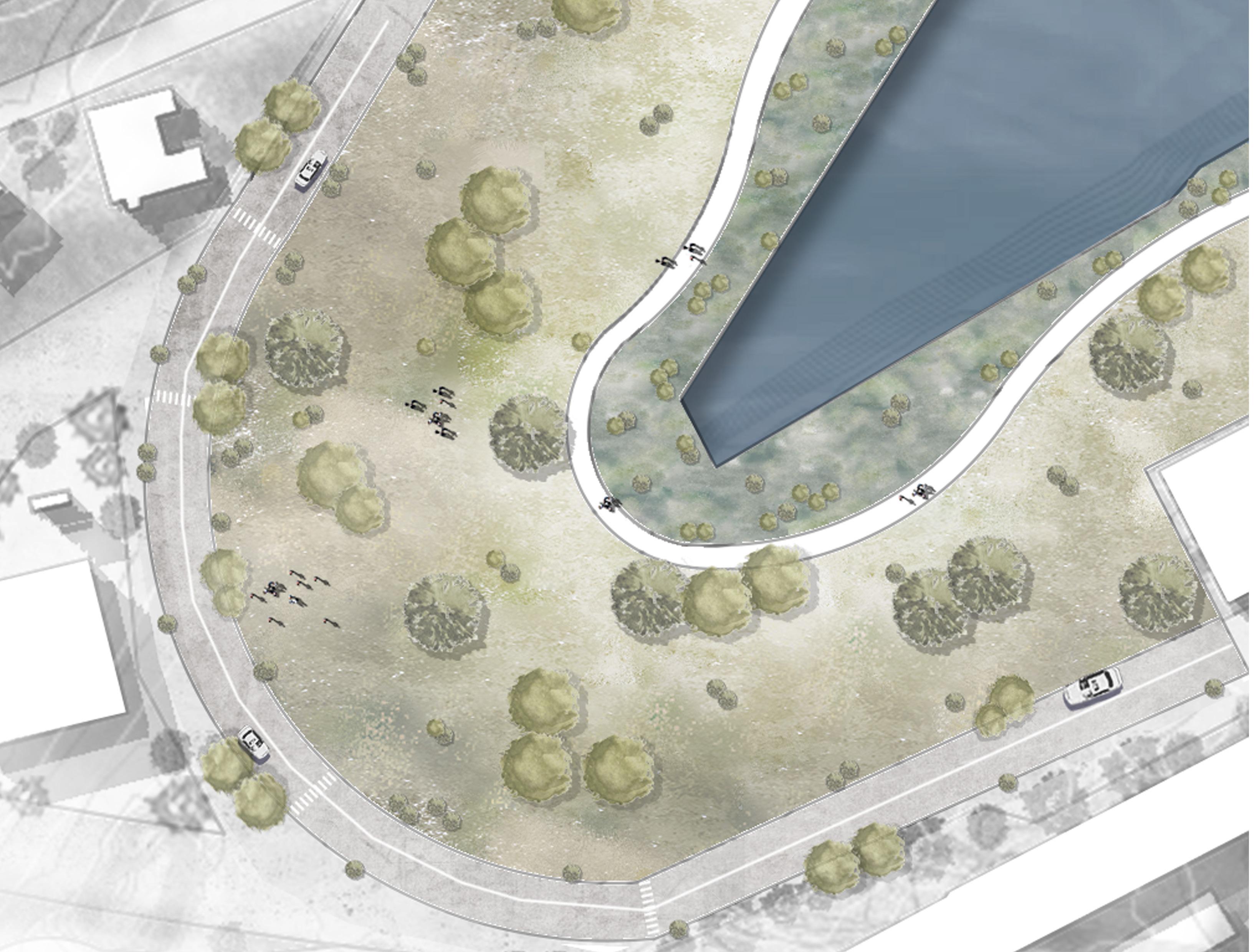
Detailed Plan - Stage One
Contamination Reduced by 50%
Project Begins



istin site with ood issue and contaminated soil without ve etations.
Contamination Reduced by 20%
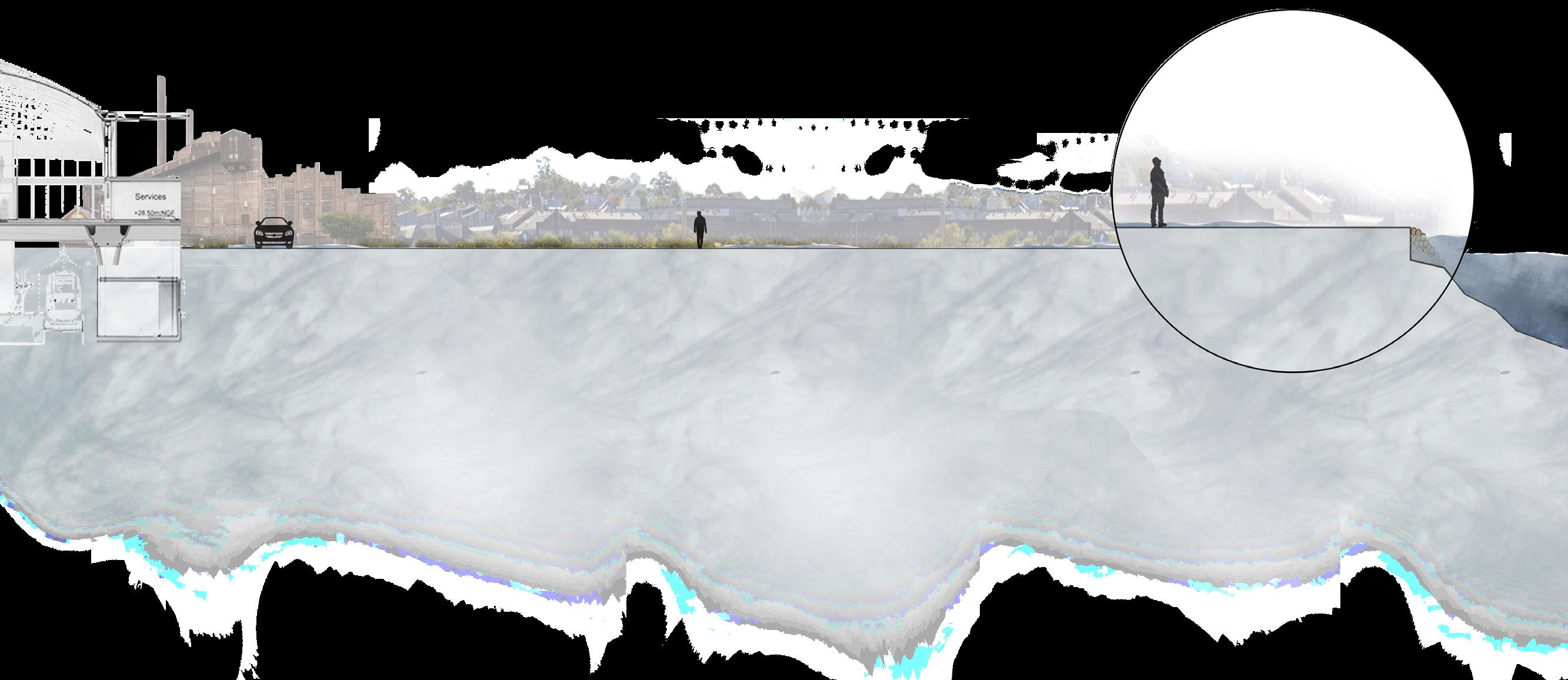
Restore soil and plant vegetations with raingardens.
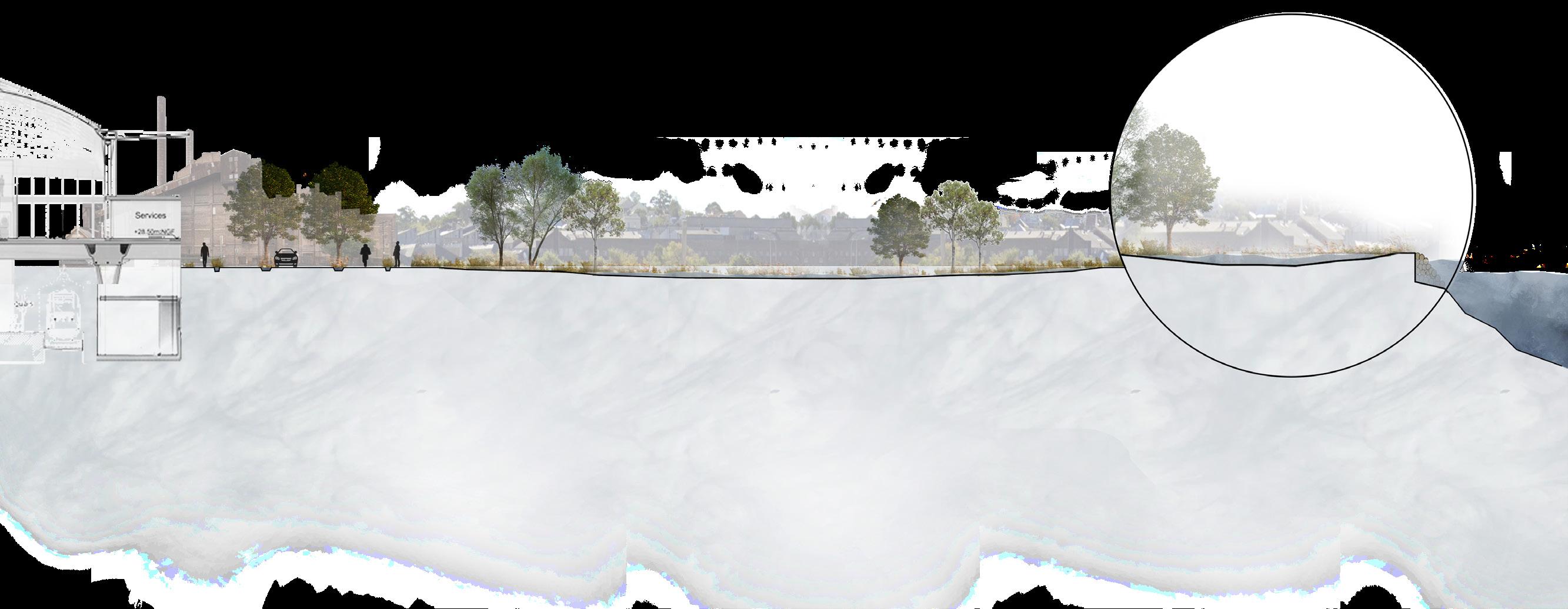


STAGE 1 - SOIL RESTORATION

e etation will solve the pollution problems left over from history Industrial rown eld
WSUD - Raingarden
STAGE 1 - SOIL RESTORATION


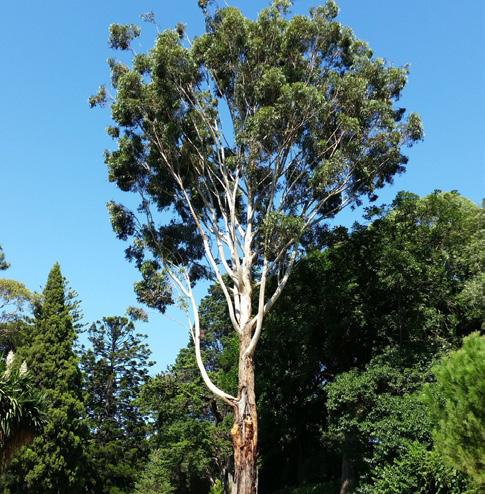

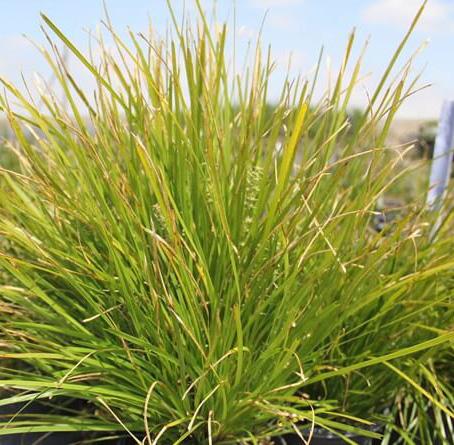
Carex appressa
Lomandra longifolia
Eucalyptus pilularis
Melaleuca quinquenervia
Board-leaved Paperbark
Blackbutt
Tall Sedge
Spiny-head Mat-rush
STAGE 2 - ARTIFICIAL CULTIVITATION + NATURAL SUCCESSION
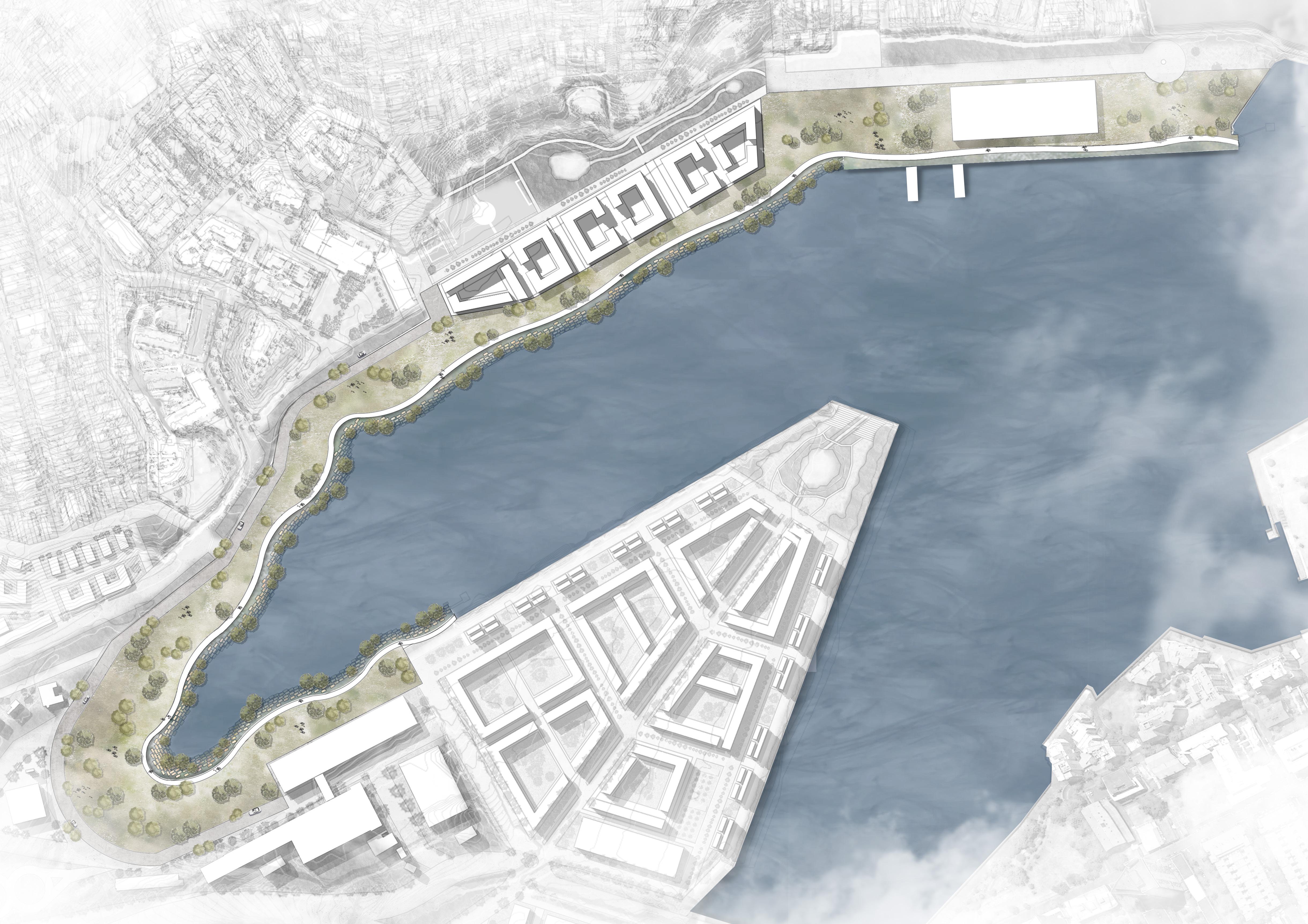
When the toxic substances in the soil are reduced by 50%, the population recovers by 30%.
Process Drawings
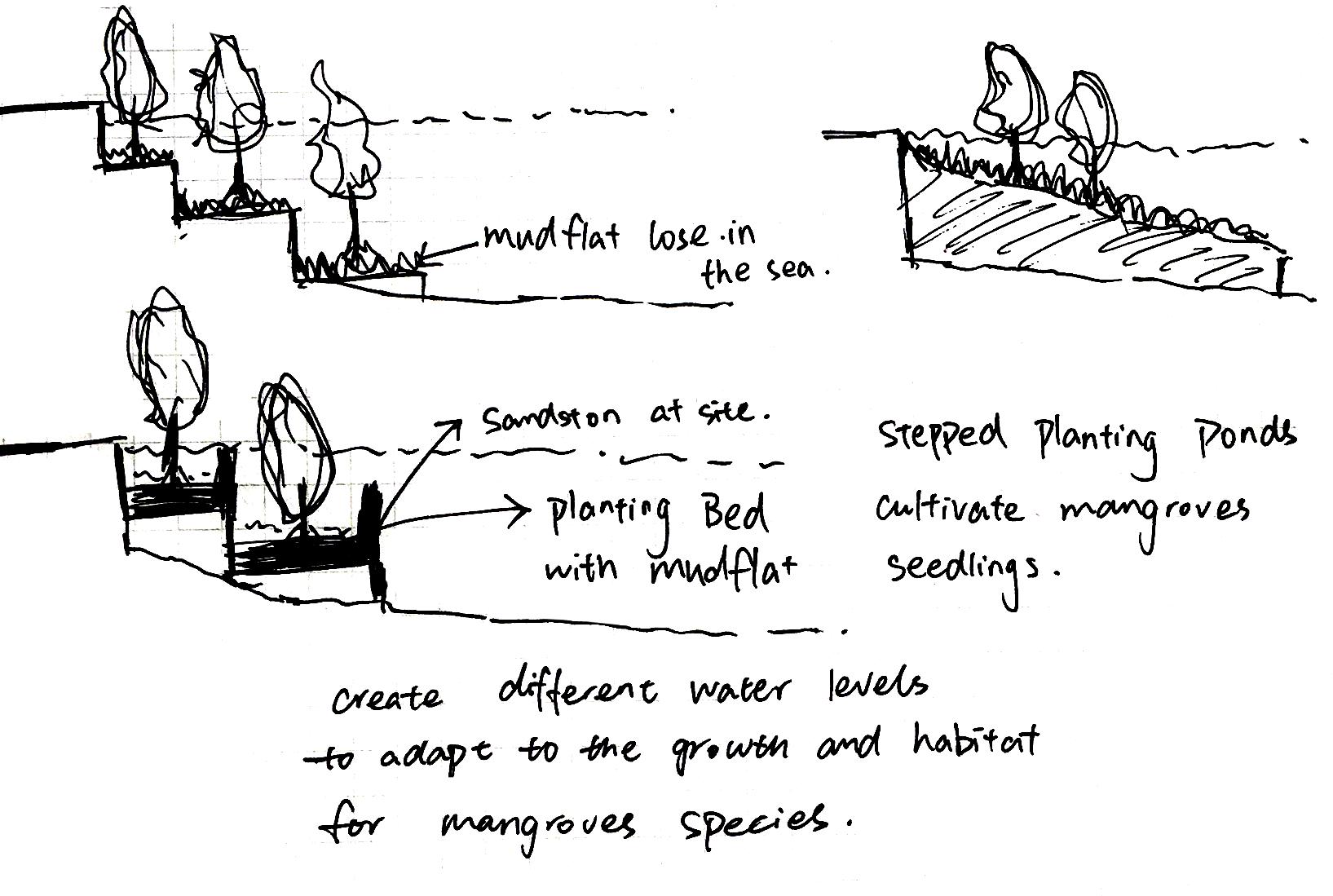
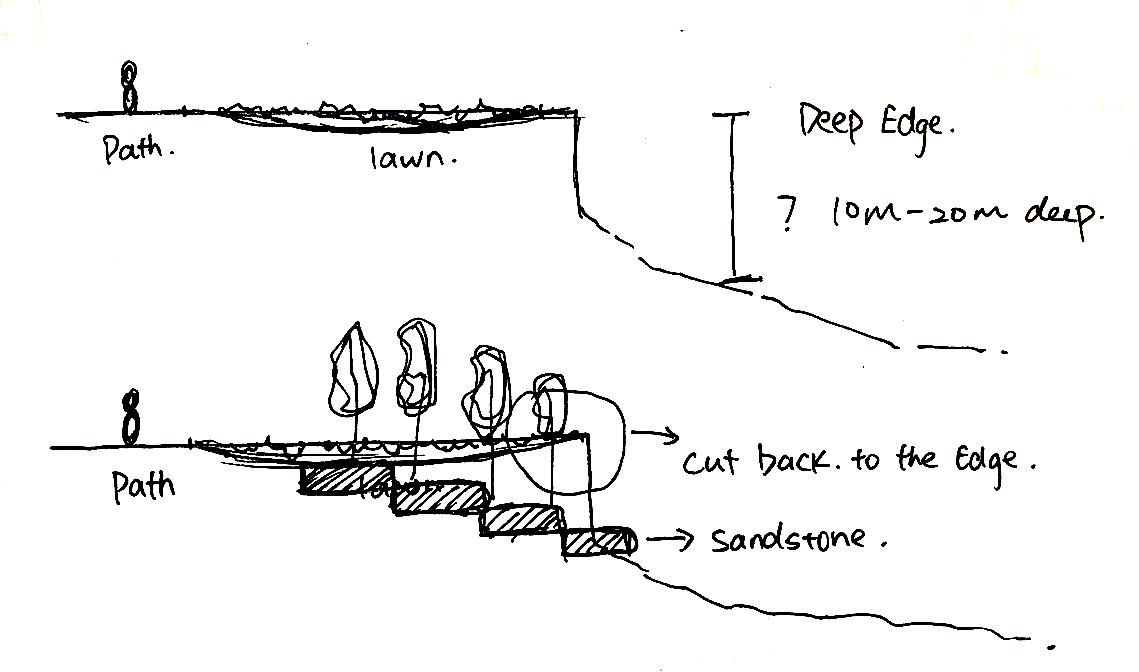
STAGE 2 - ARTIFICIAL CULTIVITATION
+ NATURAL SUCCESSION

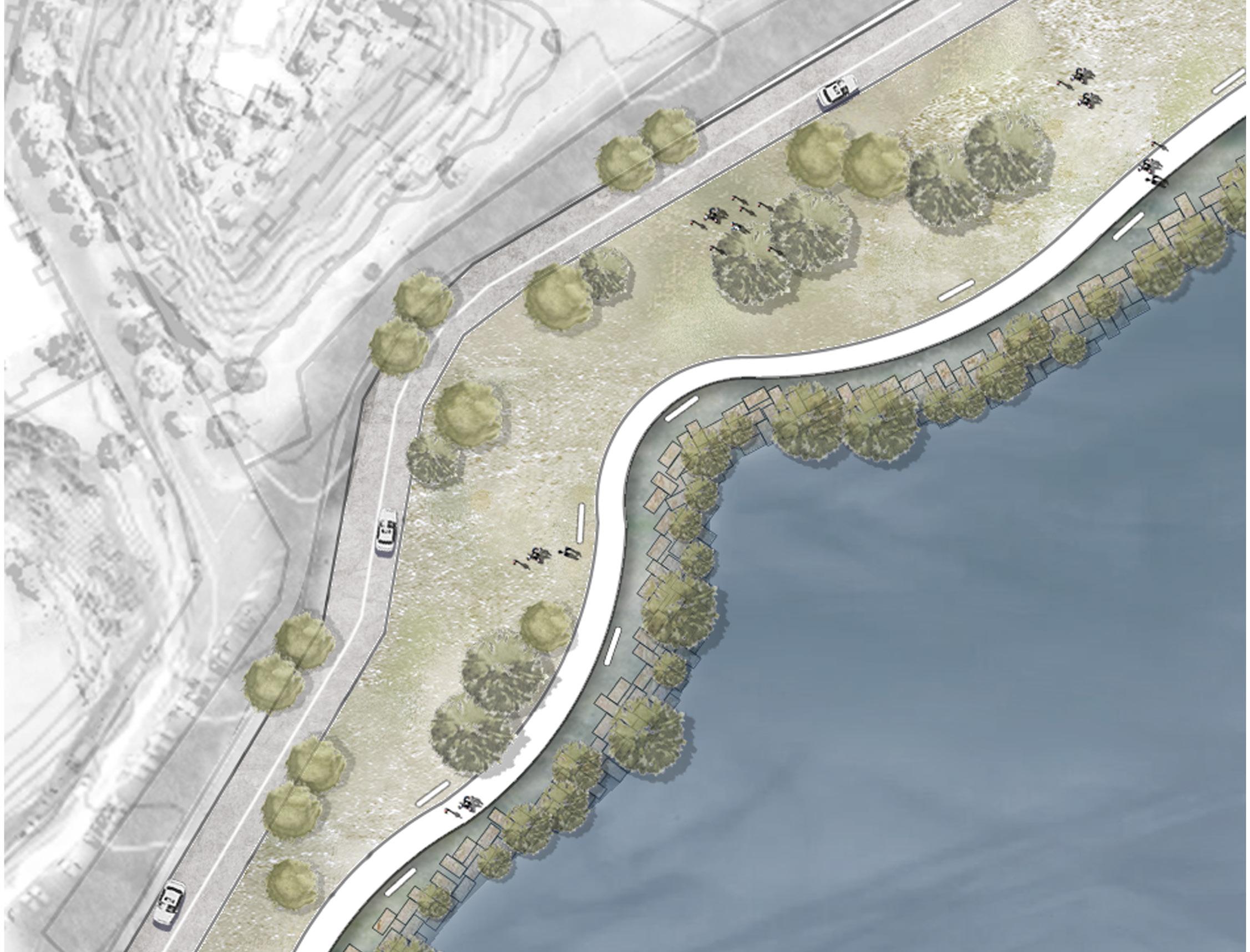
Detailed Plan - Stage Two
The roots of mangroves
Pneumatophores
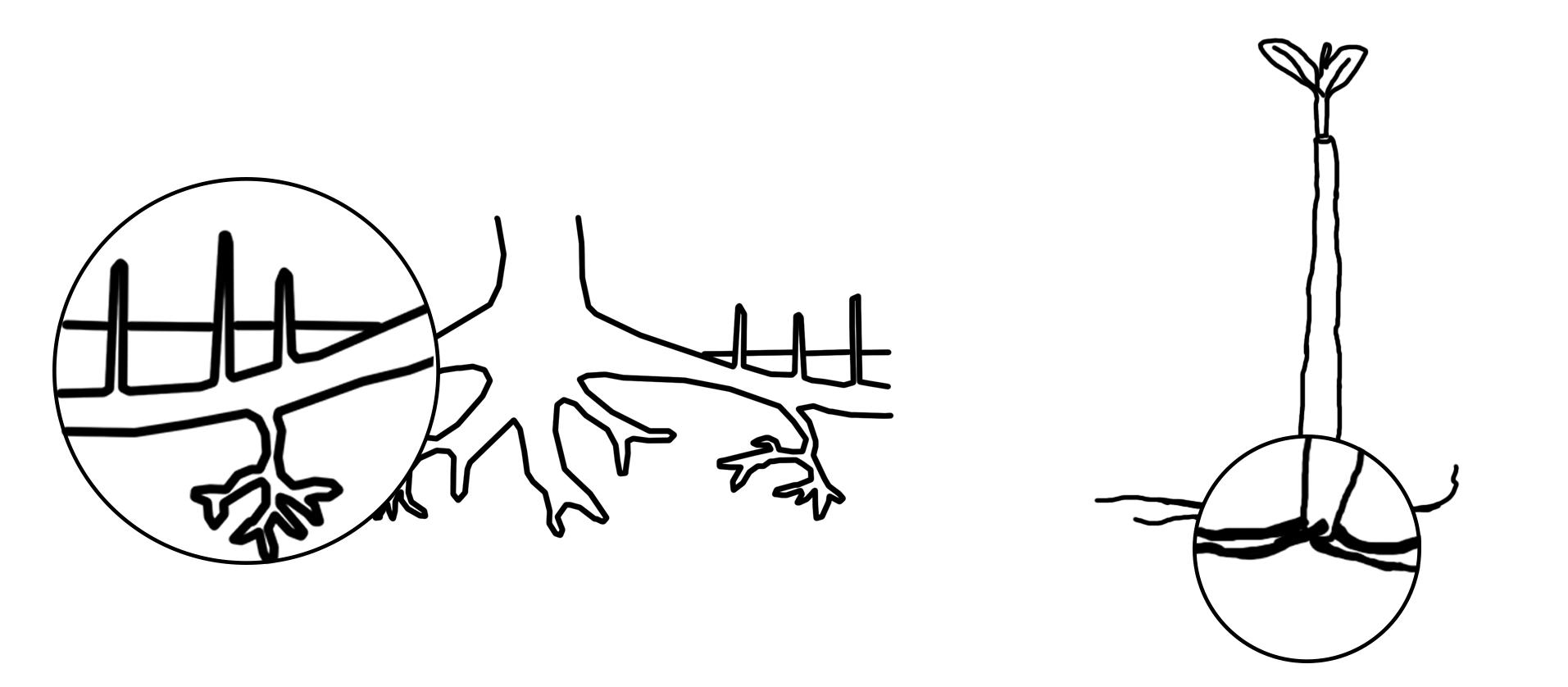
Pneumatophores act like snorkels, allowing the mangrove tree roots to breathe oxygen from the air when the tide comes in.
Contamination Reduced by 50%
When the toxic substances in the soil are reduced by 50%, the population recovers by 30%.
Mangrove seedlings germinate before leaving the mother plant, which allows rapid root growth.
Repair the soil and purify water before planting mangrove seedlings.

Mangrove Seedlings Stage
Sloping lawn - 1:12
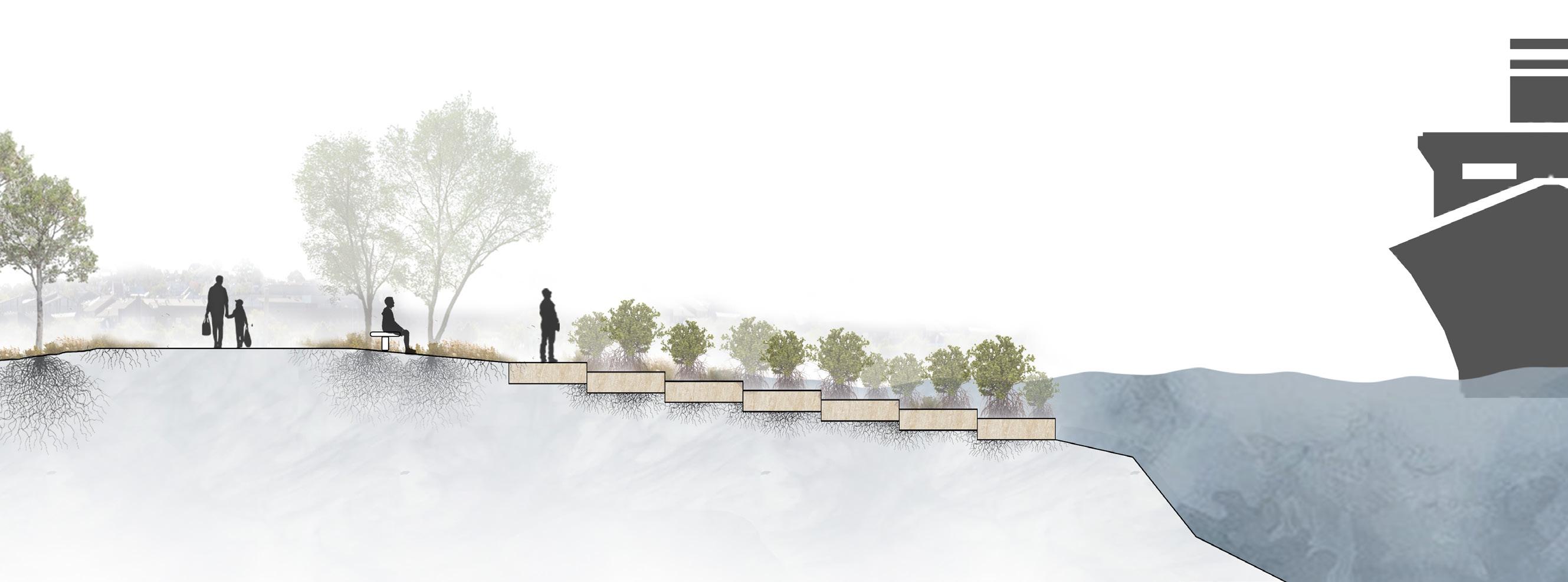

Cut down the edge
Ecological Intertidal Zone by 50%
Cut down the ed e to ma e sure the roots of man rove seedlin s can row into the mud ats. Mangrove seedlings grow up and be a stable ecological intertidal zone.

Vertical edge
Original vertical edge
Attract birds
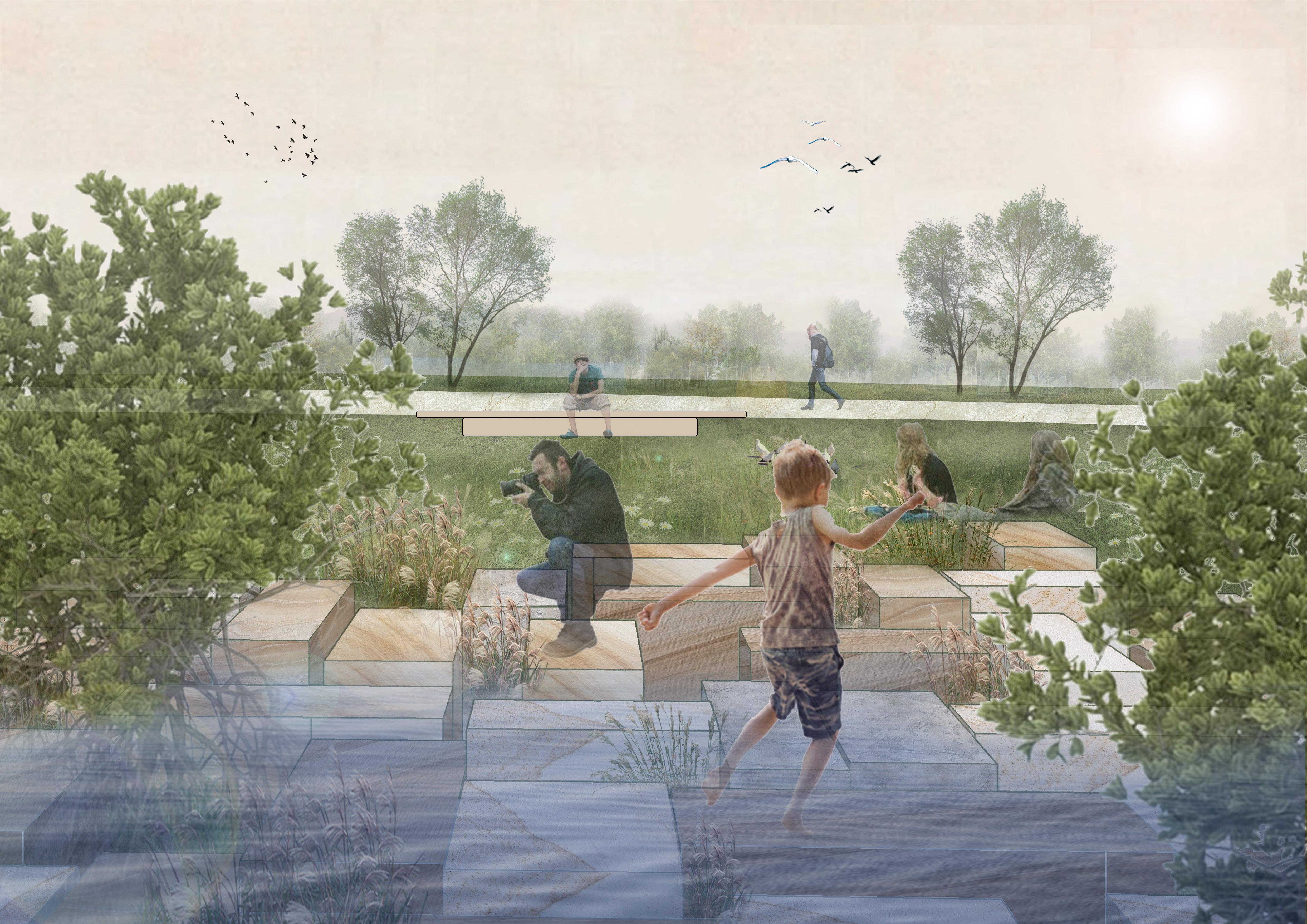
STAGE 2 - ARTIFICIAL CULTIVITATION + NATURAL SUCCESSION
The stepped sandstone allow people to reach the water's edge, creating a dynamic visual experience.
STAGE 2 - ARTIFICIAL CULTIVITATION + NATURAL SUCCESSION

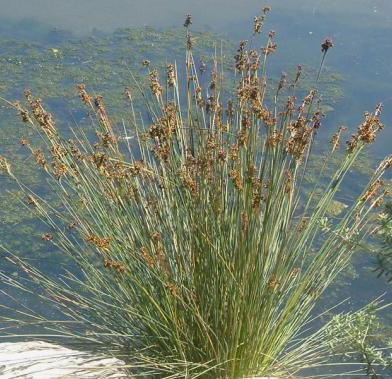
Striated Heron
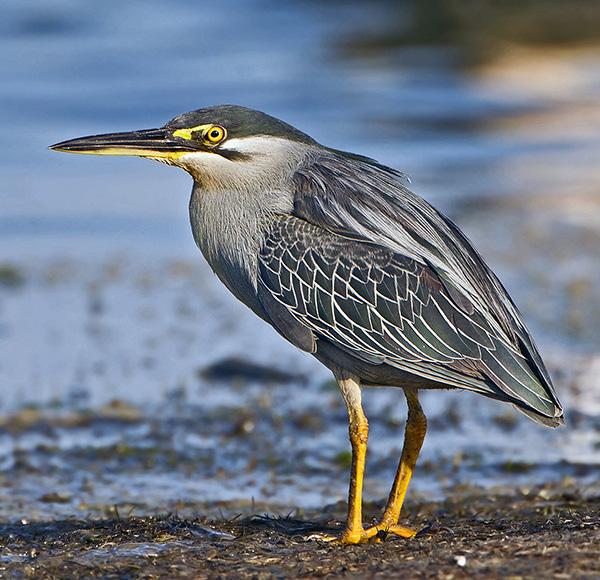
Live in the mangrove forest in the Bays. At low tide, it stalks through the mude extending its neck to look for food.
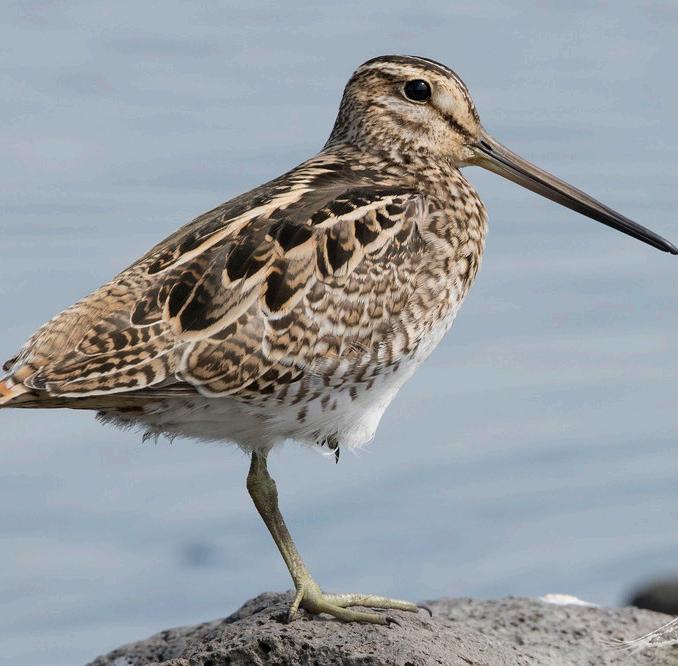
Latham's Snipe
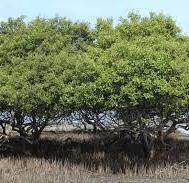
Latham's Snipe birds in winter they migrate to Japan and return to Australia in time for summer.
Make full use of the ecological potential of coastal areas to attract life and birds.
Avicennia marina
Juncus kraussii
Grey Mangrove
Sea Rush
STAGE 2 - ARTIFICIAL CULTIVITATION + NATURAL SUCCESSION
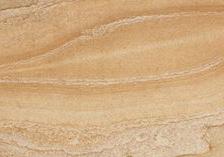

Mine and Collect the Local Sandstone at site
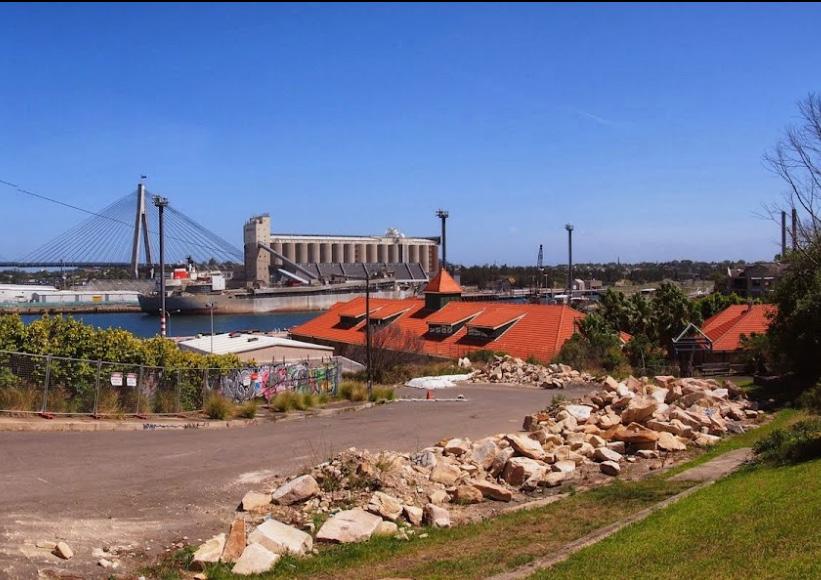
Sandstone Walk Path
Sandstone Edges

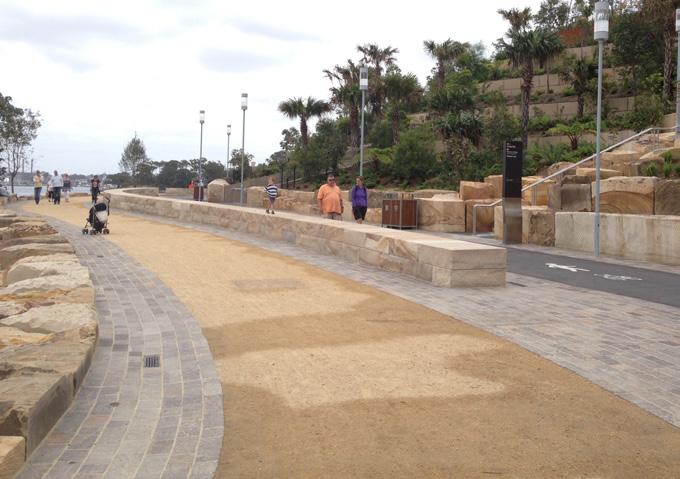
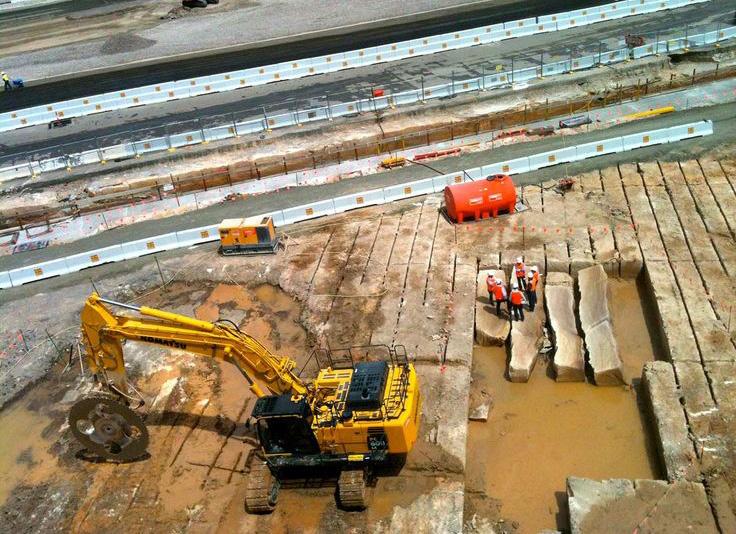
Make full reuse of the site potential of local materials to renew the sandstone edge.
Construction of Sandstone Edges
Sandstone Bench
From Barangaroo Reserve
From Barangaroo Reserve
From Barangaroo Reserve
From The Bays
STAGE 3 - BIRDWATCHING LANDSCAPE
When the ecological intertidal zone formed by 70%.
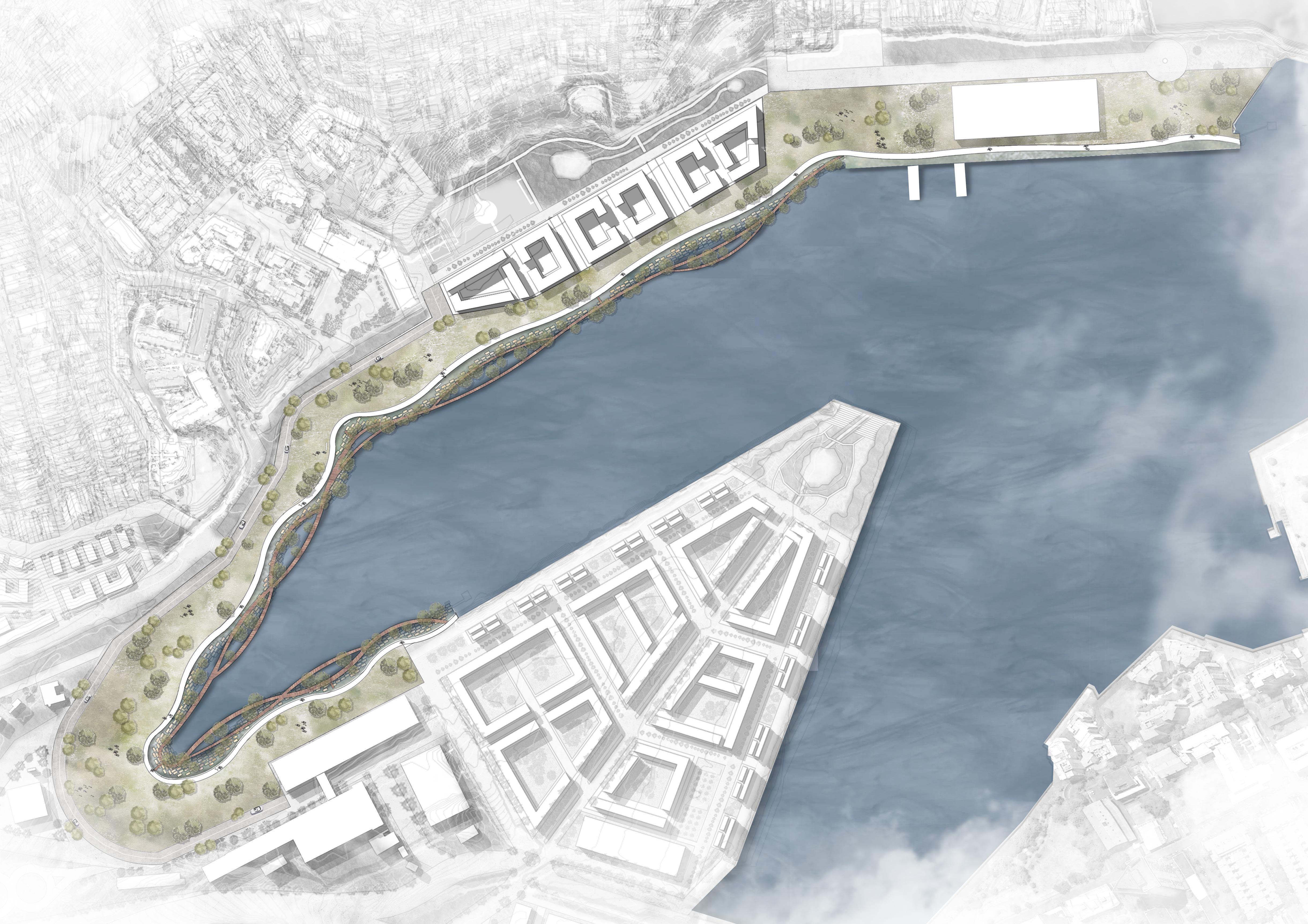

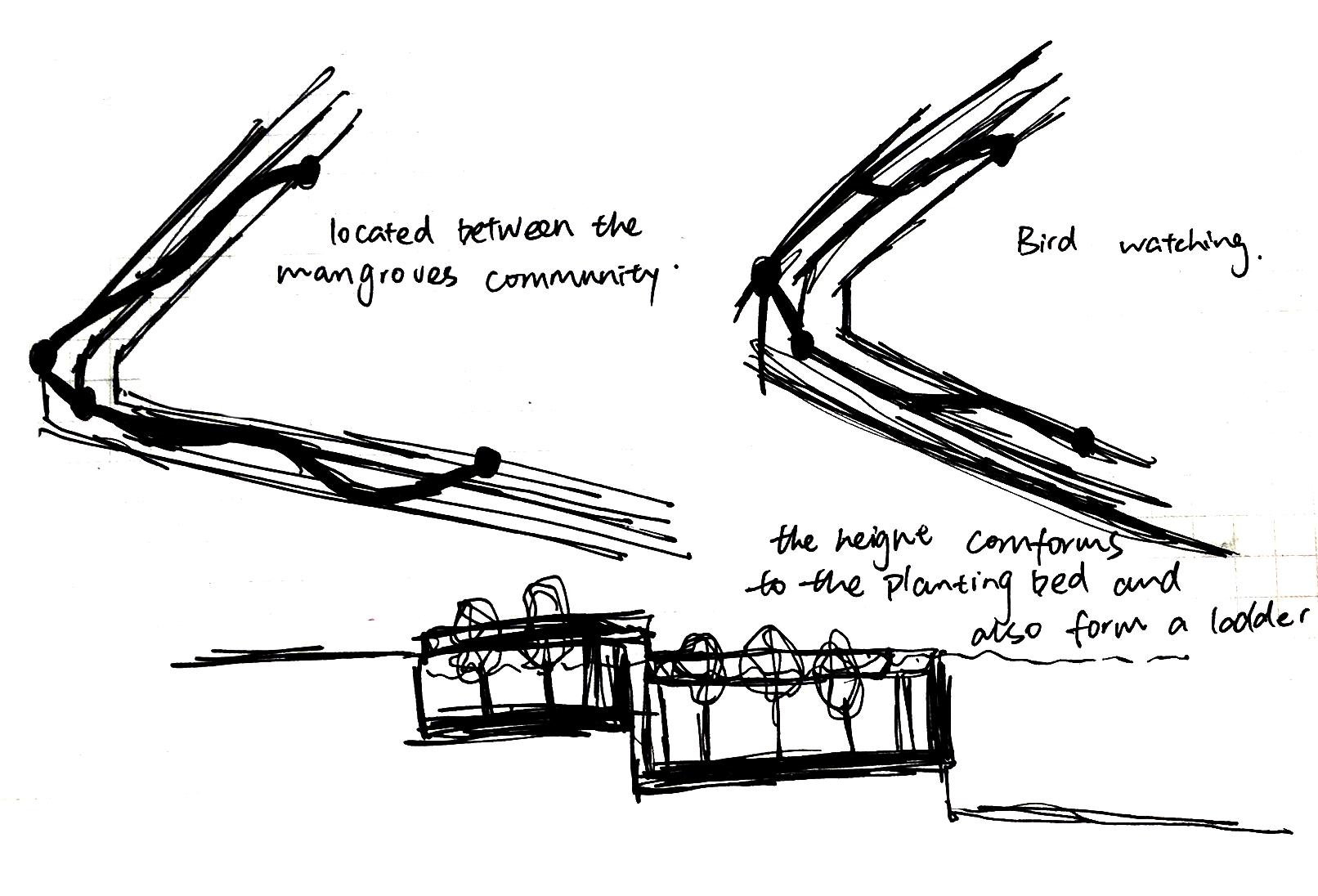


Tide Wave of White Bay
Shape of Birdwatching
STAGE 3 - BIRDWATCHING LANDSCAPE
The Testing Model of Mangroves and Trails
The design of the trails is not restricted to the form, all forms can be tried. It is better to be able to change with the level change according to the tide.
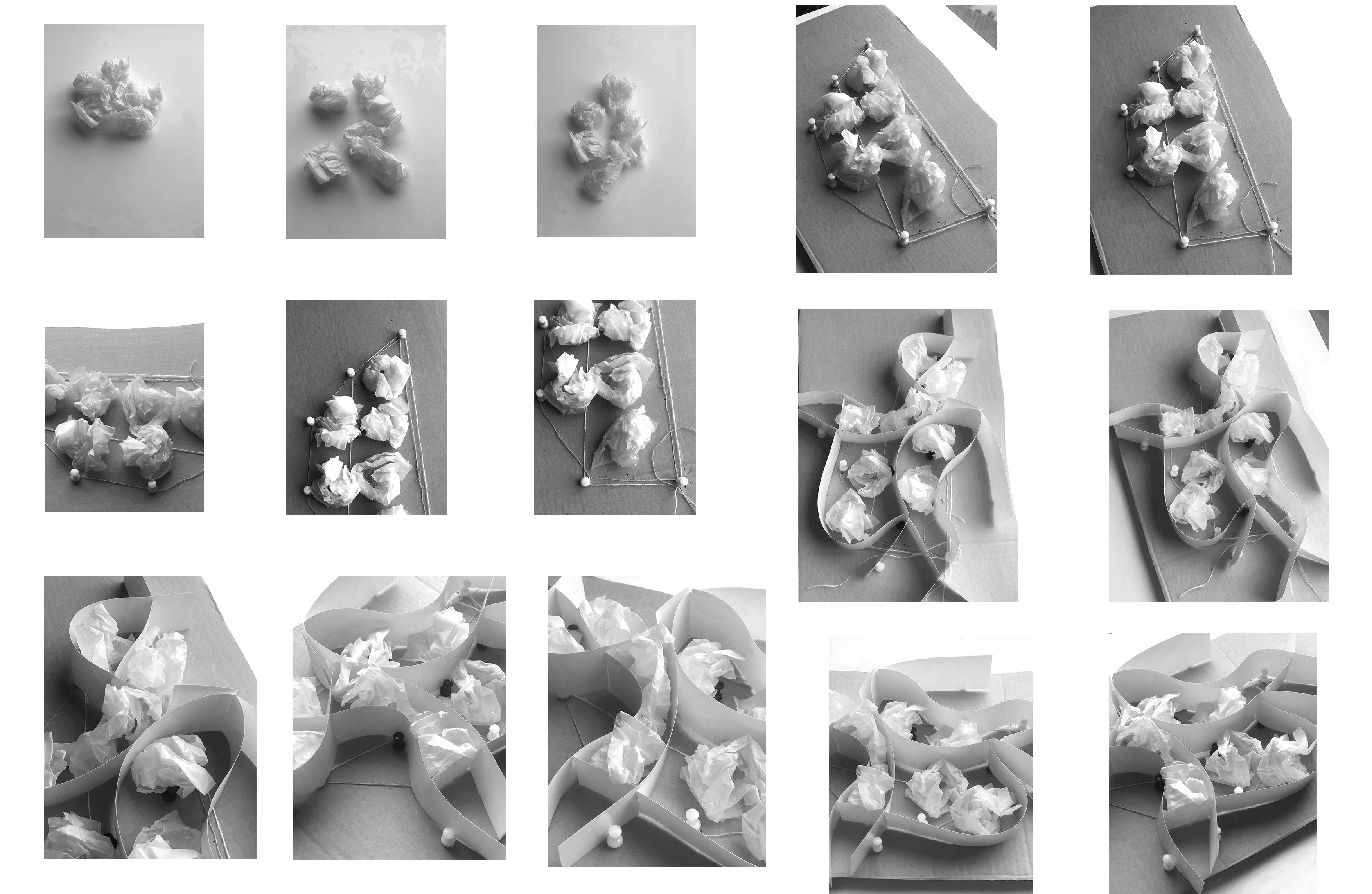
STAGE 3 - BIRDWATCHING LANDSCAPE
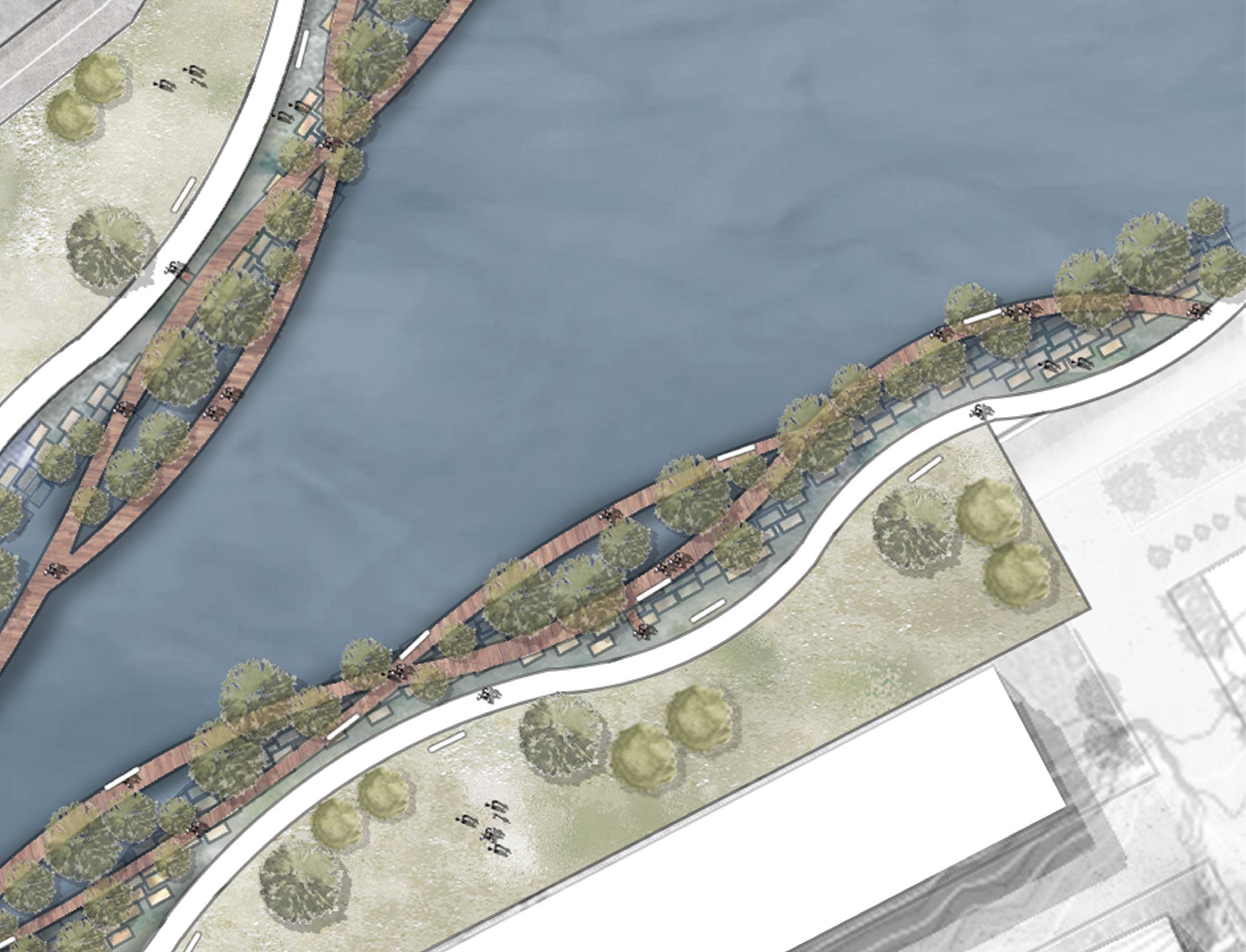
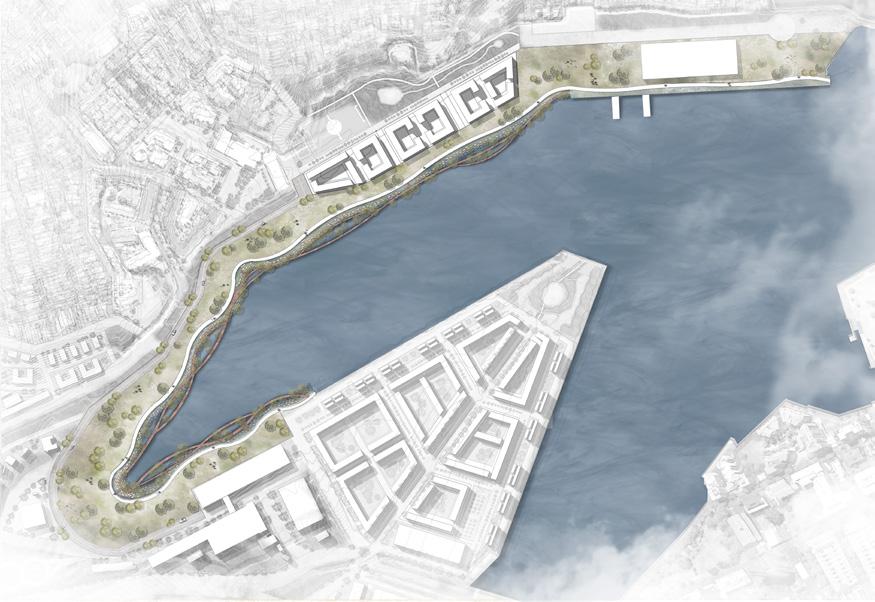
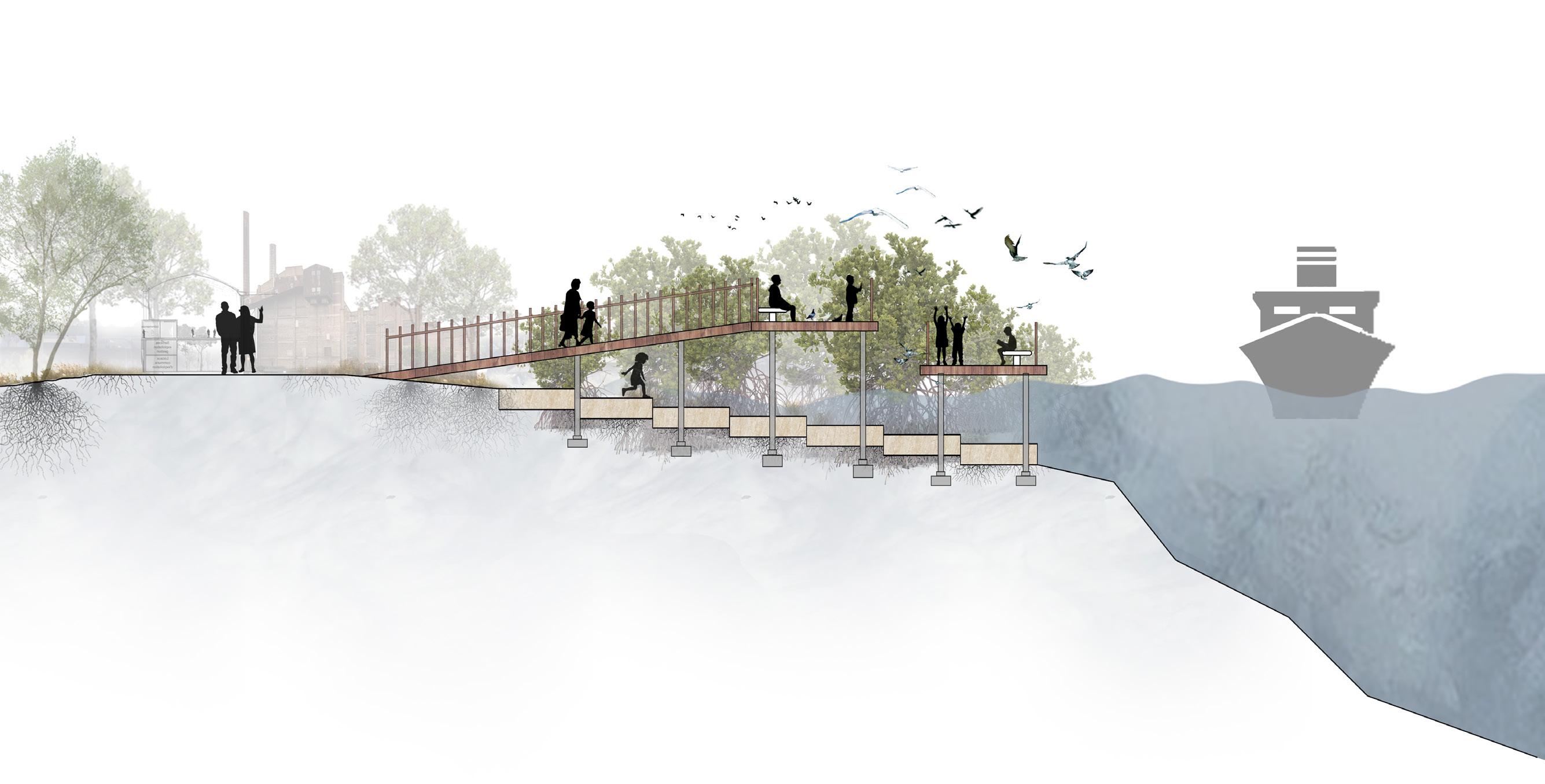
When it is at high tide, kids could walk at higher level trails, providing a closer distance with birds. When it is at low tide, kids could walk at lower level trails, providing a closer distance with water.

STAGE 3 - BIRDWATCHING LANDSCAPE - AT LOW TIDE
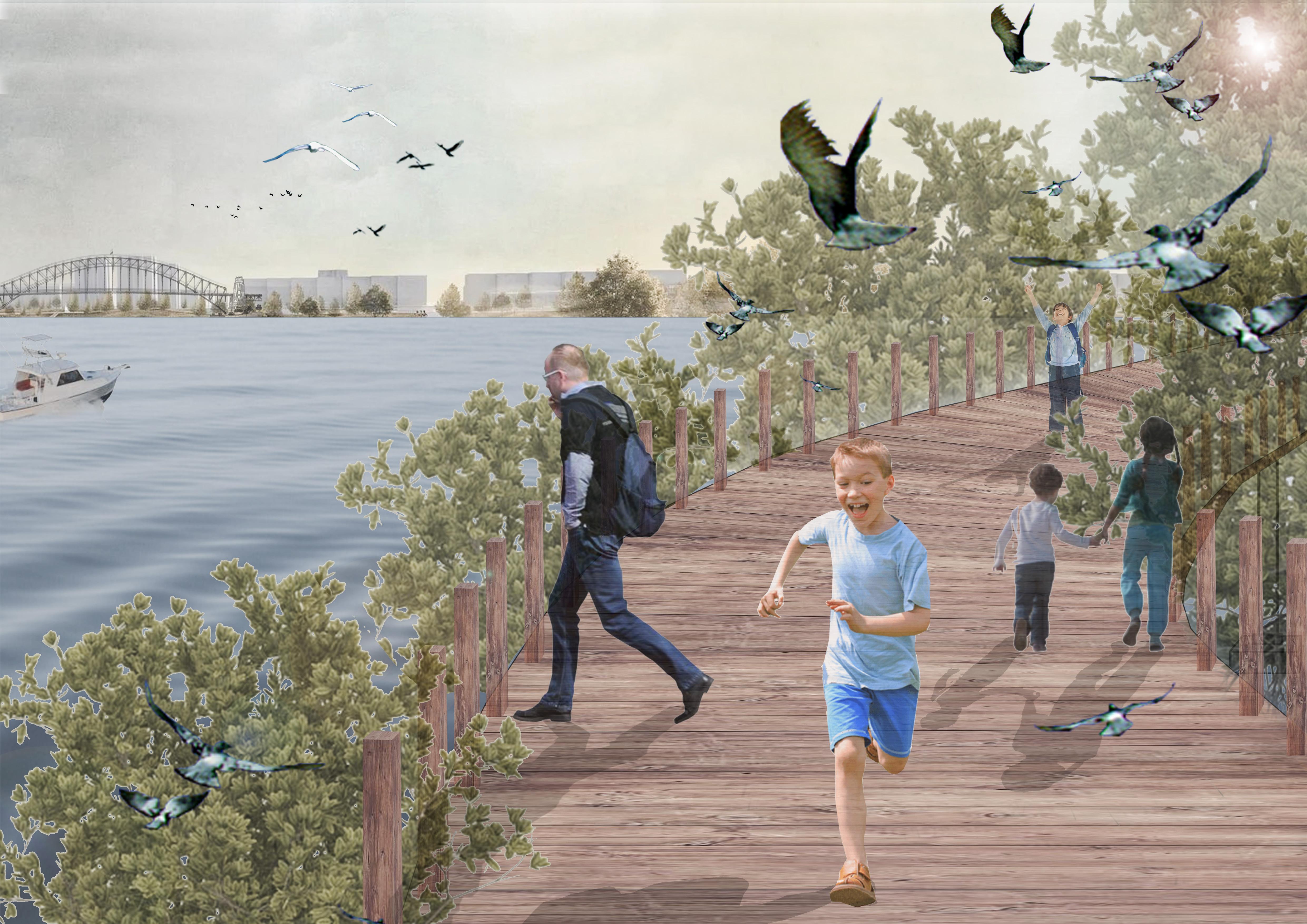
STAGE 3 - BIRDWATCHING LANDSCAPE - AT
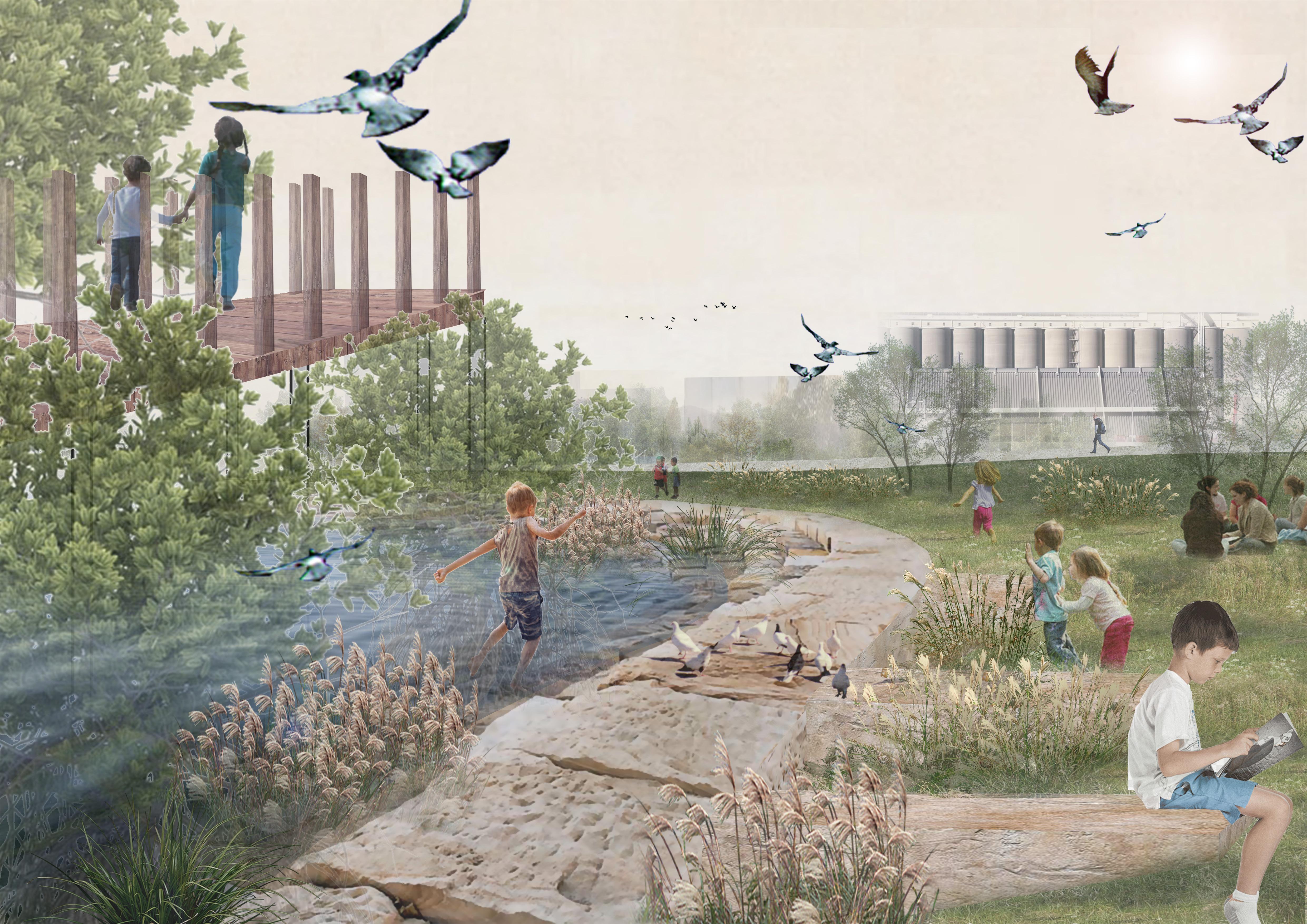
STAGE 4 - STREET PARKS WITH WSUD
When visitors increase by 50%, children increase by 20%.
"Landscape architects should not be limited to a specific green space, but an innovative and challenging multifunctional space." (Herrington, 2016)

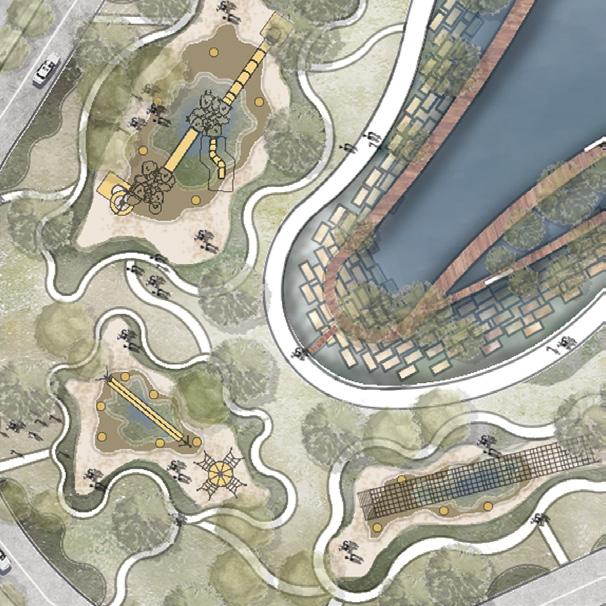
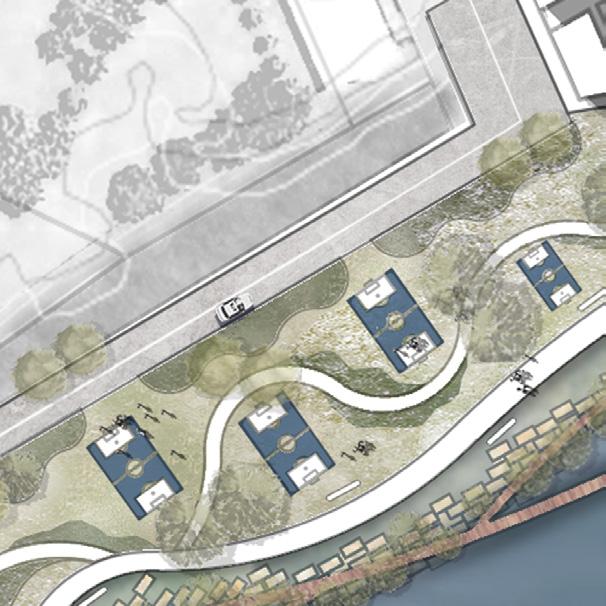


Playground
Sports Field
Street Pocket Park
Terraced Lawn
STAGE 4 - STREET PARKS WITH WSUD
PLAYGROUND
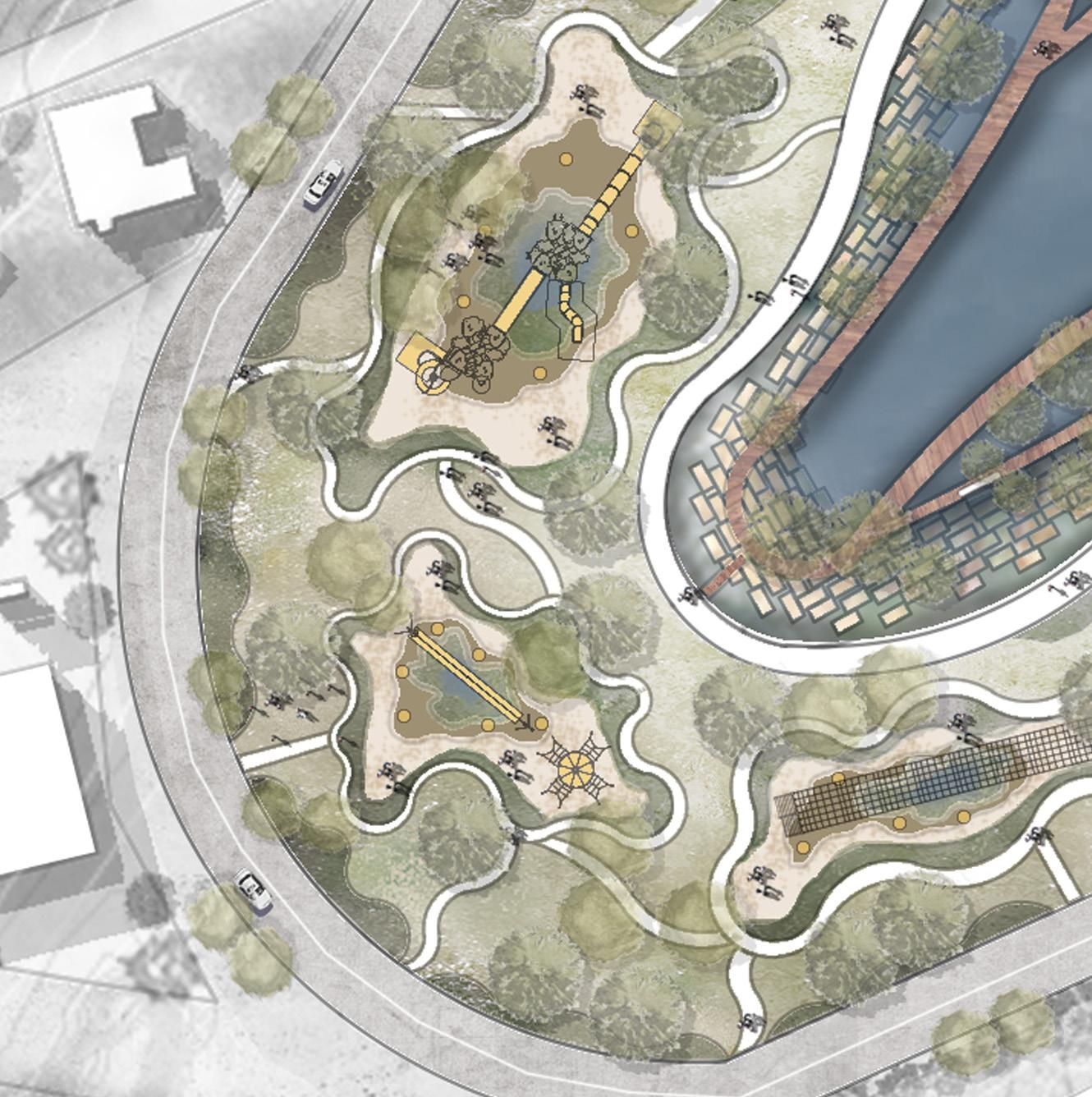
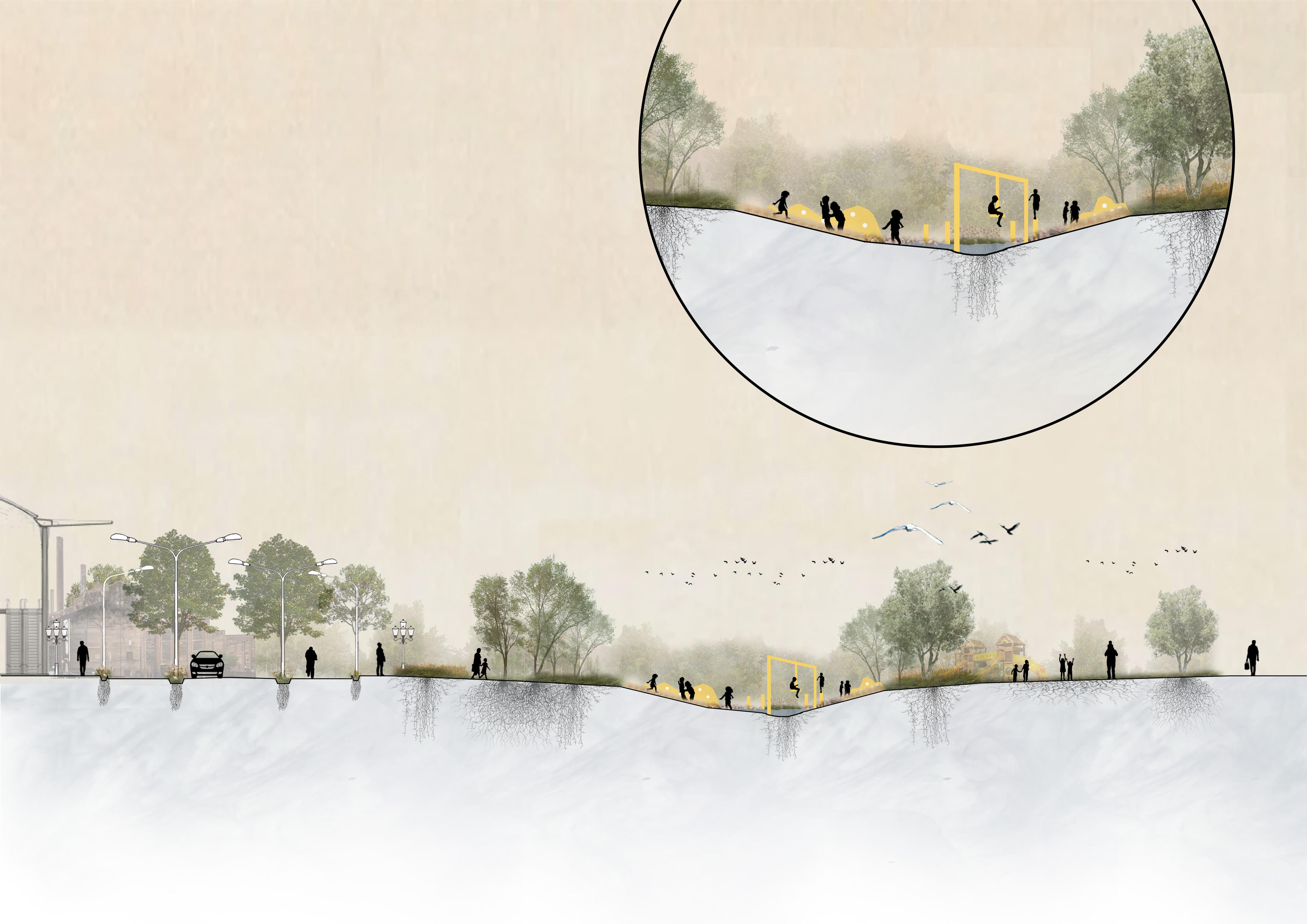

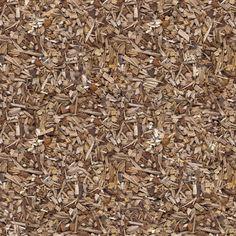
Pedestrian Bike Car lane Bike Walk path Pedestrain Lawn with shrubs
Lawn with shrubs Sands Wood chip Raingarden
Climbing Mounds
Raingarden
Wood Chip
Wood Chip
Wood Chip
Sands
Sands Sands
Wood chip Sands
STAGE 4 - STREET PARKS WITH WSUD
PLAYGROUND

RAINGARDEN
SANDS
WOOD CHIP
SHRUBS
LAWN
SHRUBS
STAGE 4 - MODEL OF PLAYGROUND
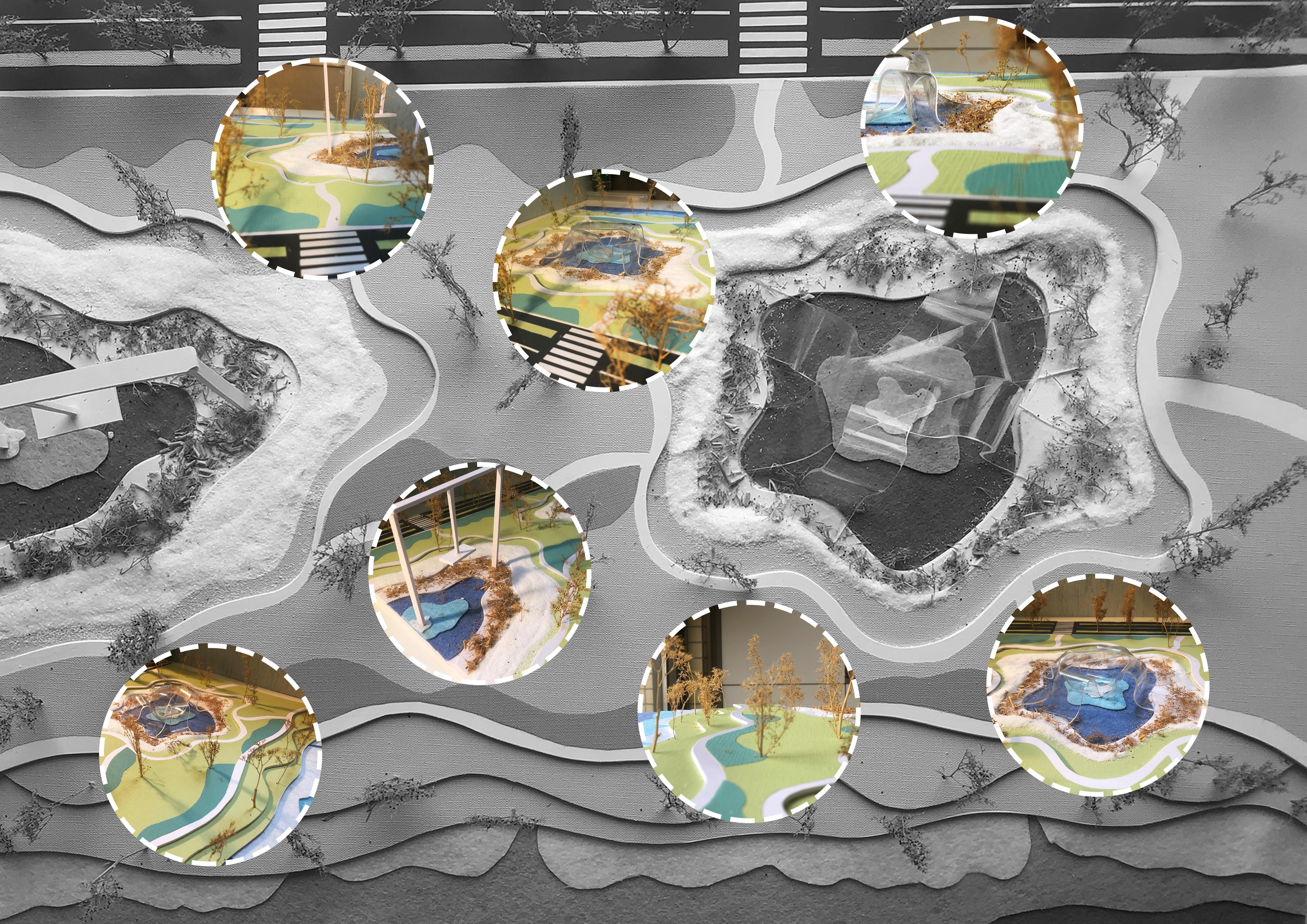
Walk Path Sands and Wood Chip
Raingarden
STAGE 4 - STREET PARKS WITH WSUD
SPORTS FIELD

Detailed Plan - Sports Field
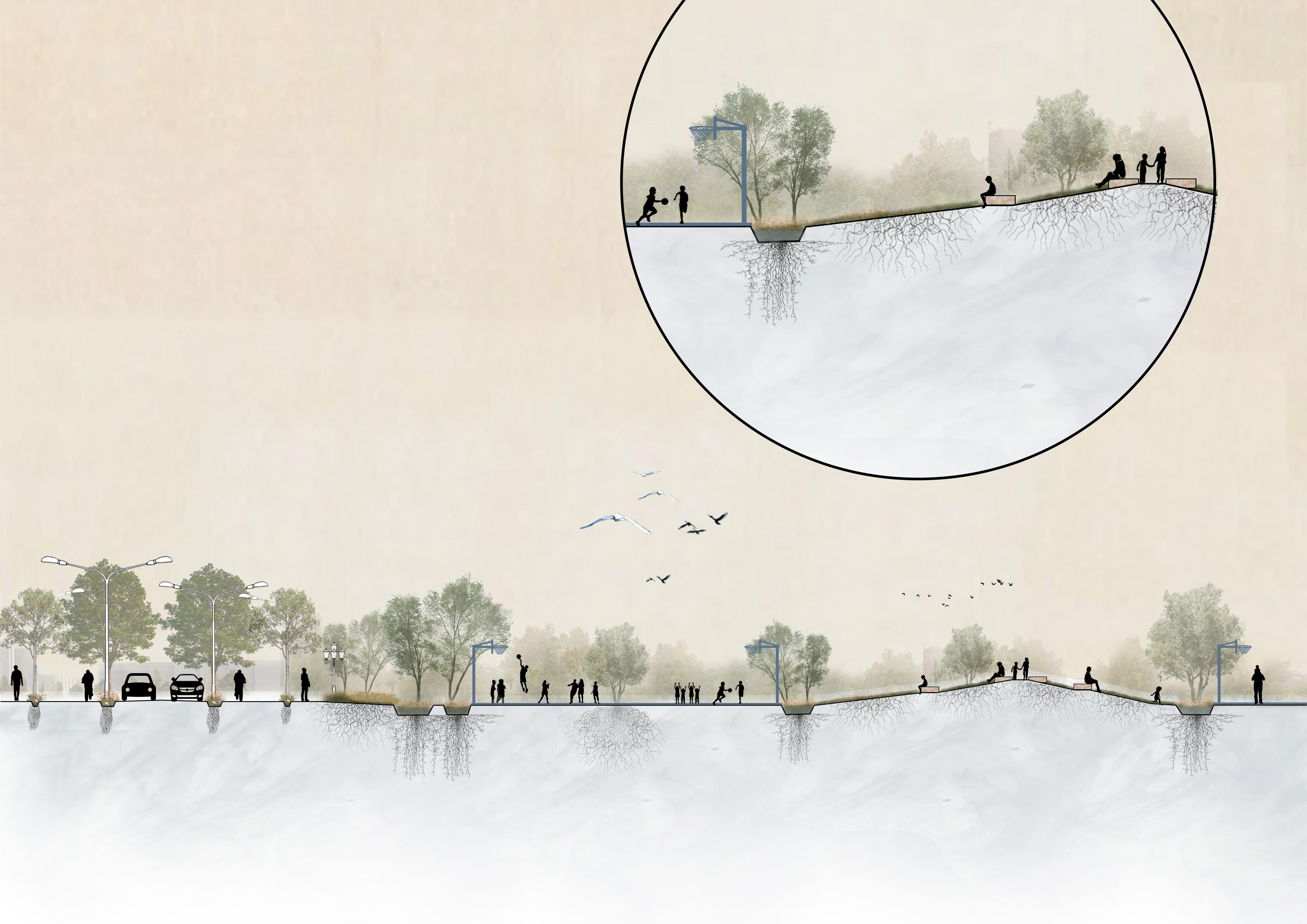
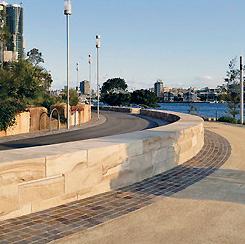
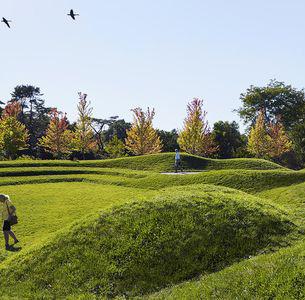
Sandstone Seat
Wood Chip
Sandstone Seat Barangaroo Reserve
STAGE 4 - STREET PARKS WITH WSUD
SPORTS FIELD
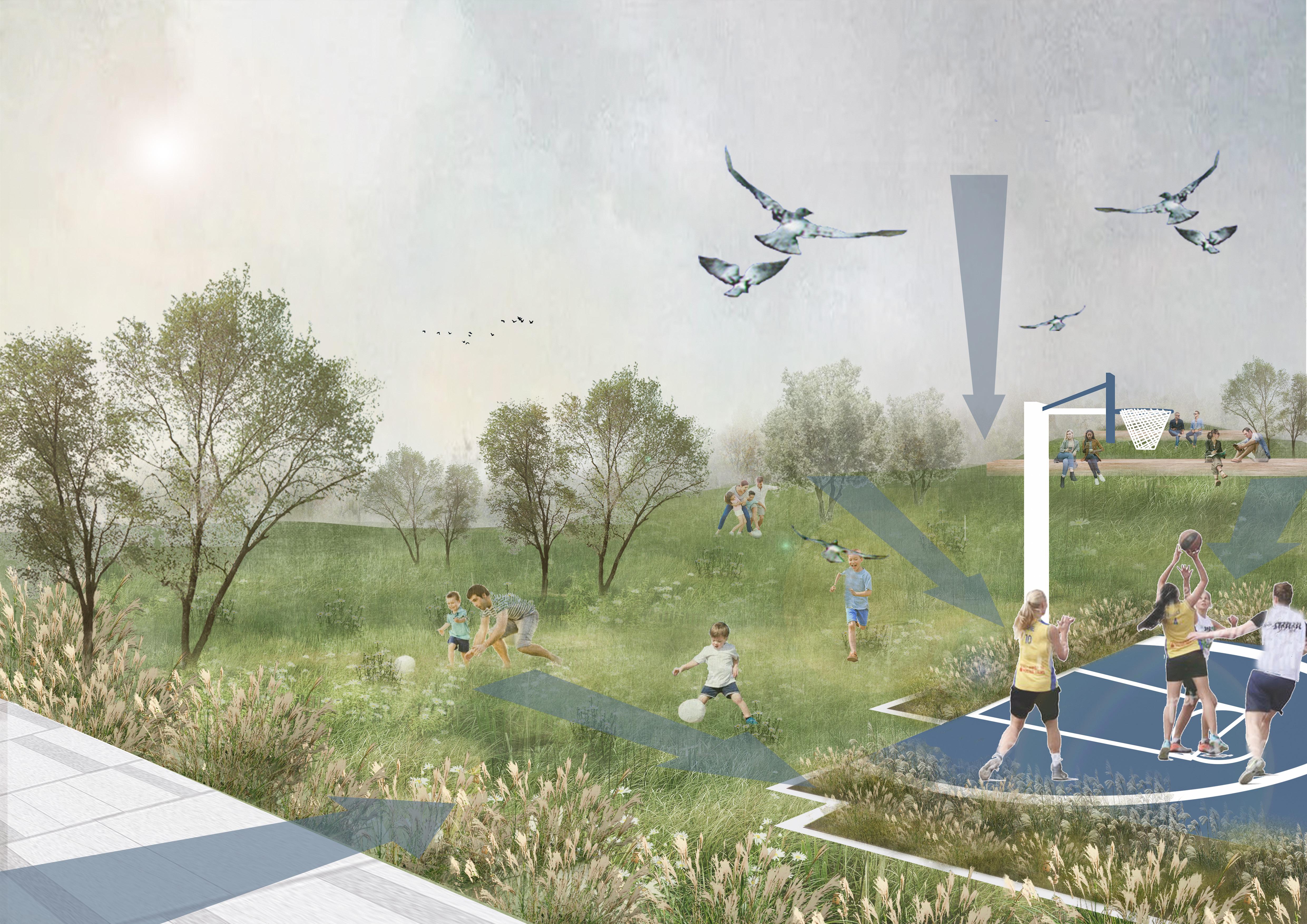
MOUNDS
SHRUBS
PLANTING PONDS
LAWN
STAGE 4 - STREET PARKS WITH WSUD
STREET POCKET PARK
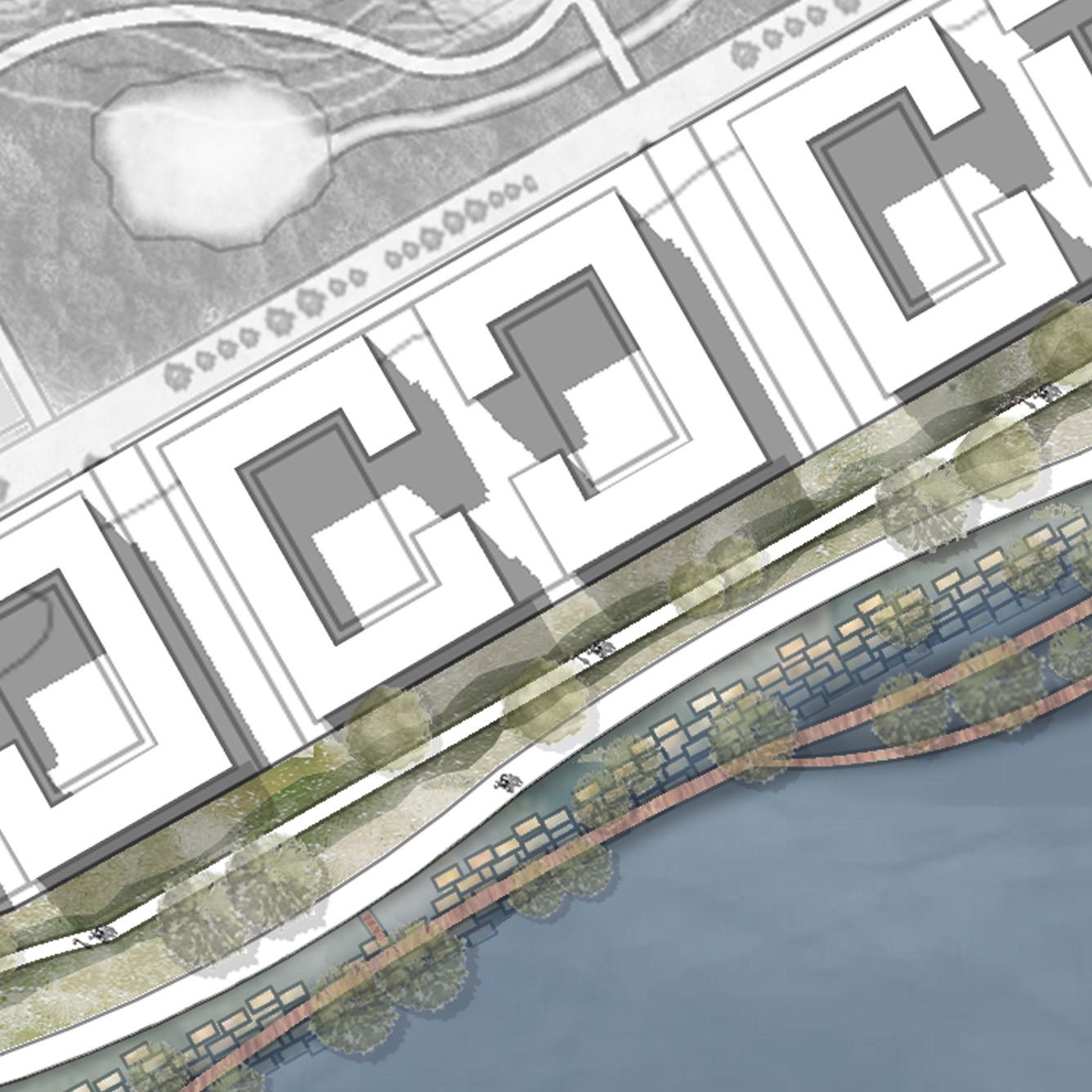
Detailed Plan - Street Pocket Park
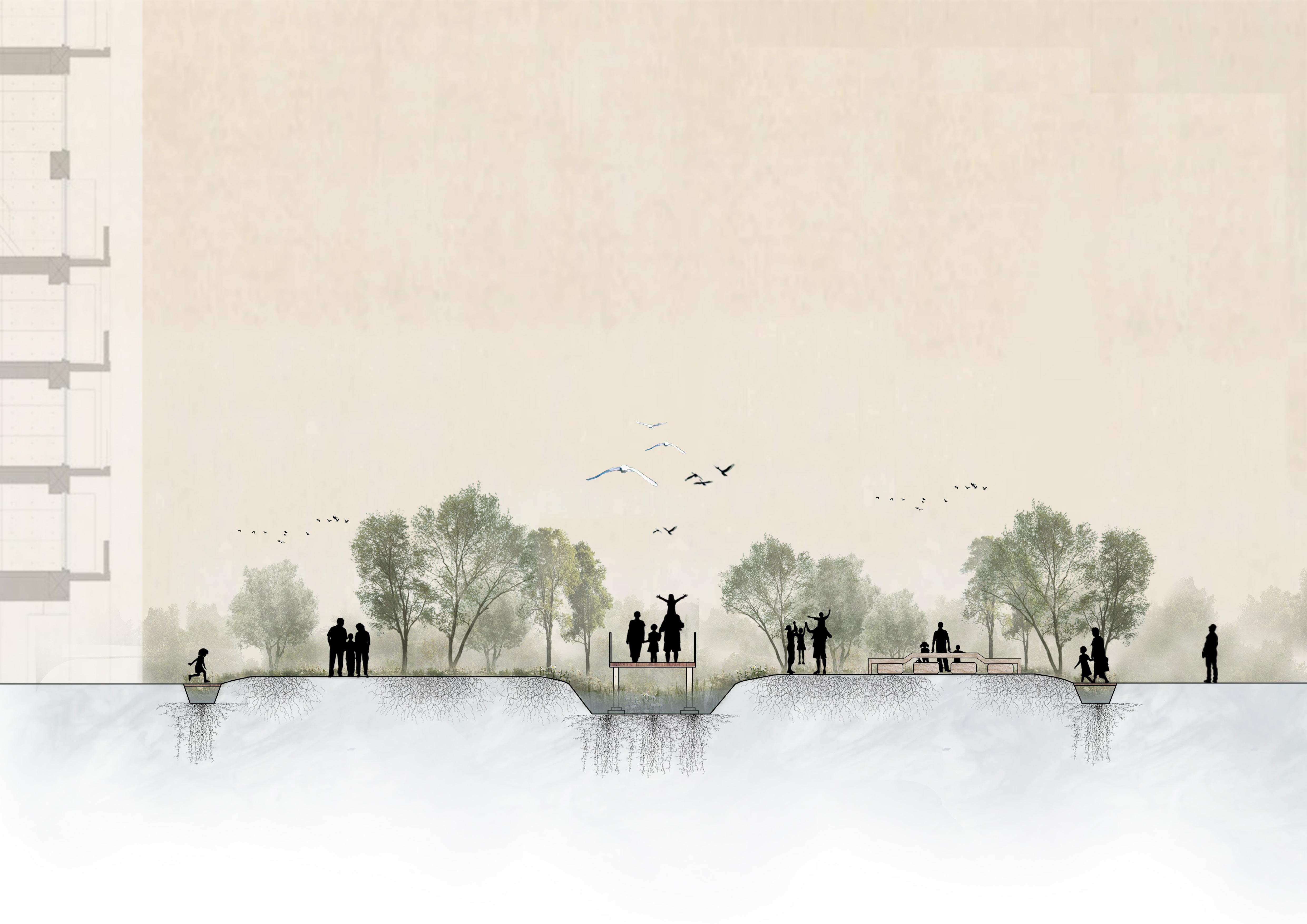
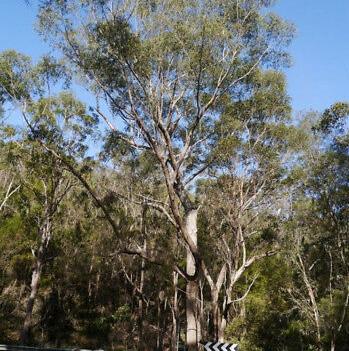
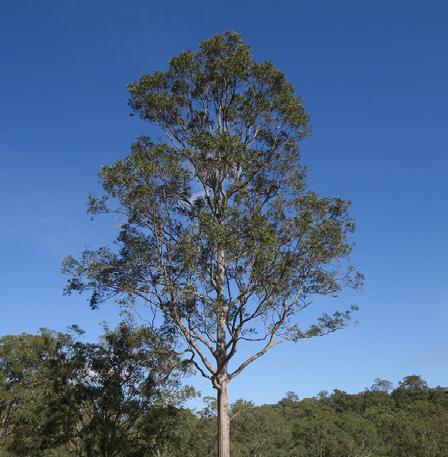

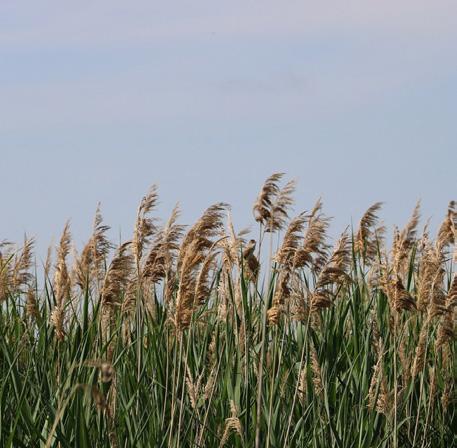
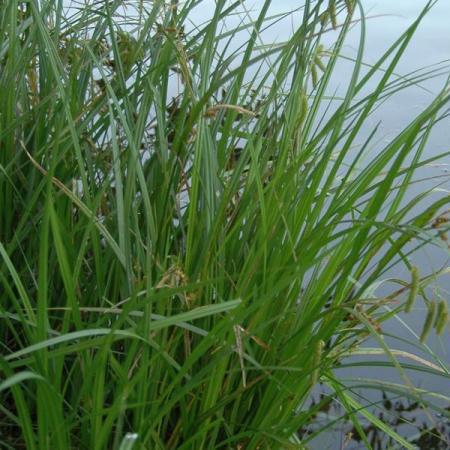
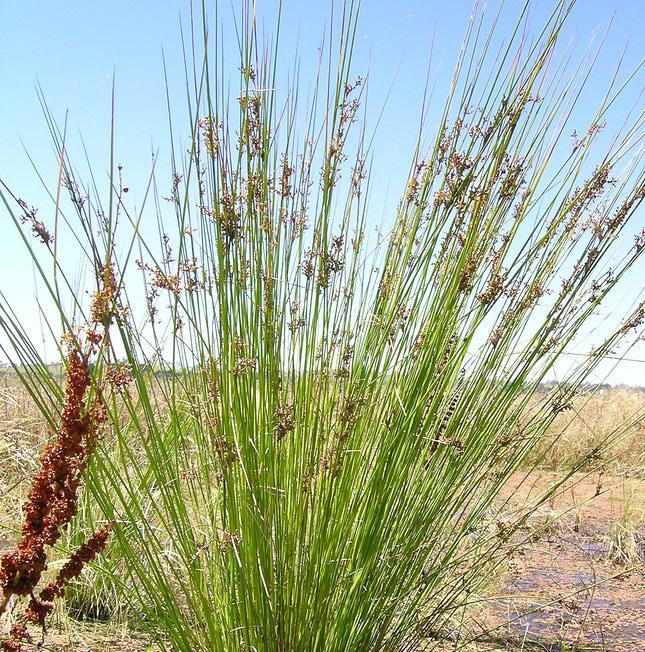
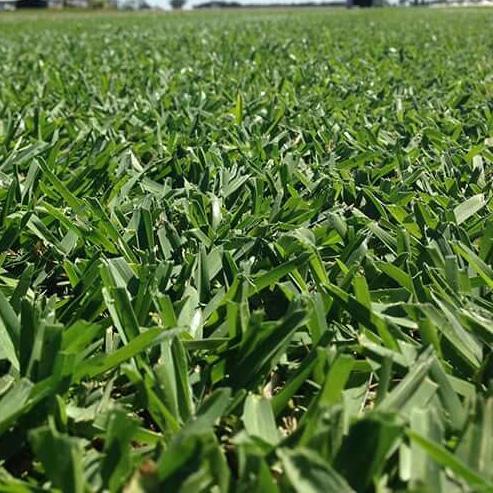
Corymbia maculata Spotted Gum Ficus rubiginosa Rusty Fig
Eucalyptus piperita Sydney Peppermint
Carex fascicularis Tassel Sedge
Phragmites australis Common Reed
Juncus usitatus Common Rush Sir Walter Bufalo Sir Walter
STAGE
4 - STREET PARKS WITH WSUD
STREET POCKET PARK
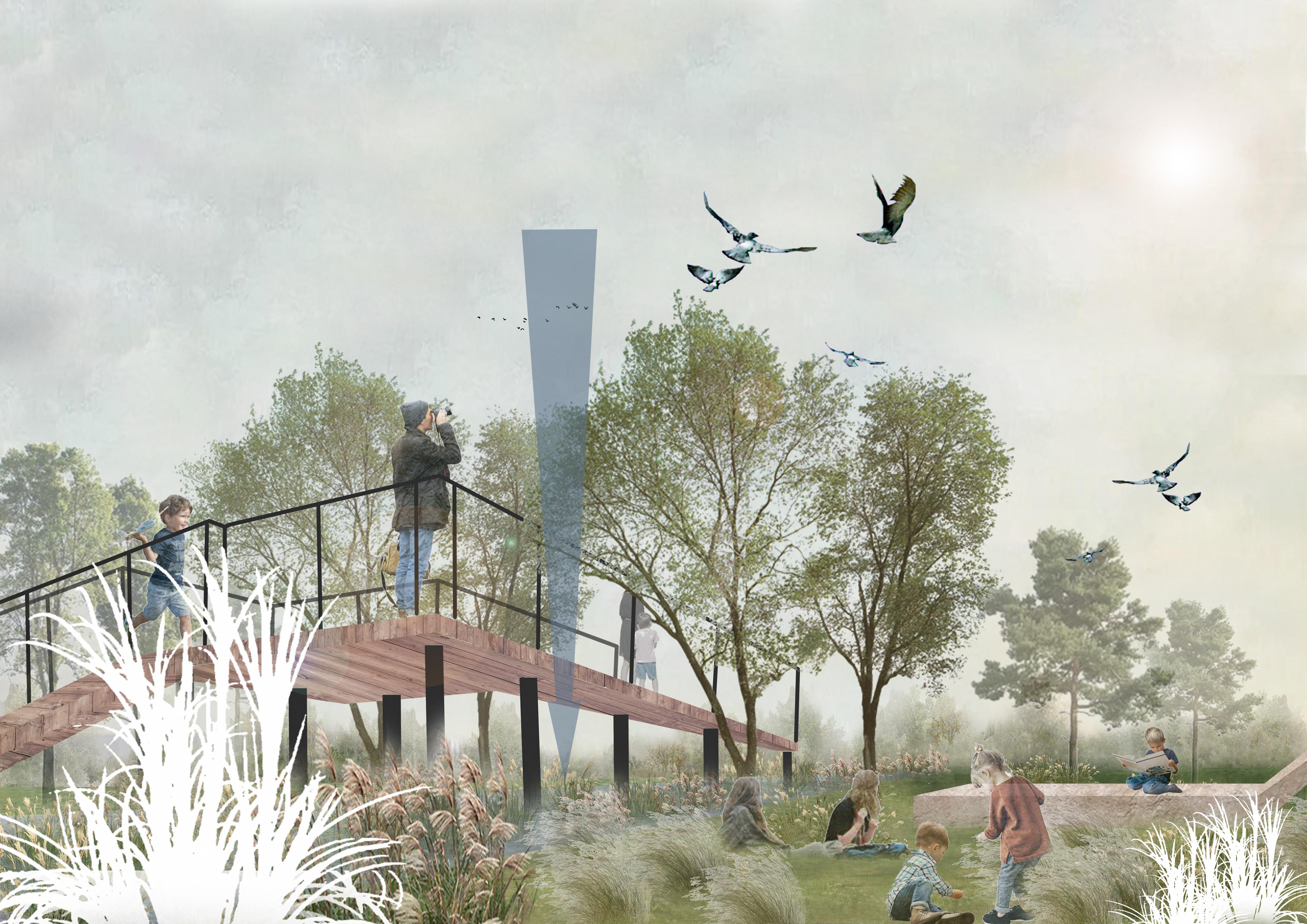
Corymbia maculata
Spotted Gum
RAINGARDEN
Carex fascicularis
Tassel Sedge
Phragmites australis
Common Reed
Juncus usitatus
Common Rush
Eucalyptus piperita
Sydney Peppermint
Rusty Fig
Sir Walter Buffalo
Sir Walter
Ficus rubiginosa
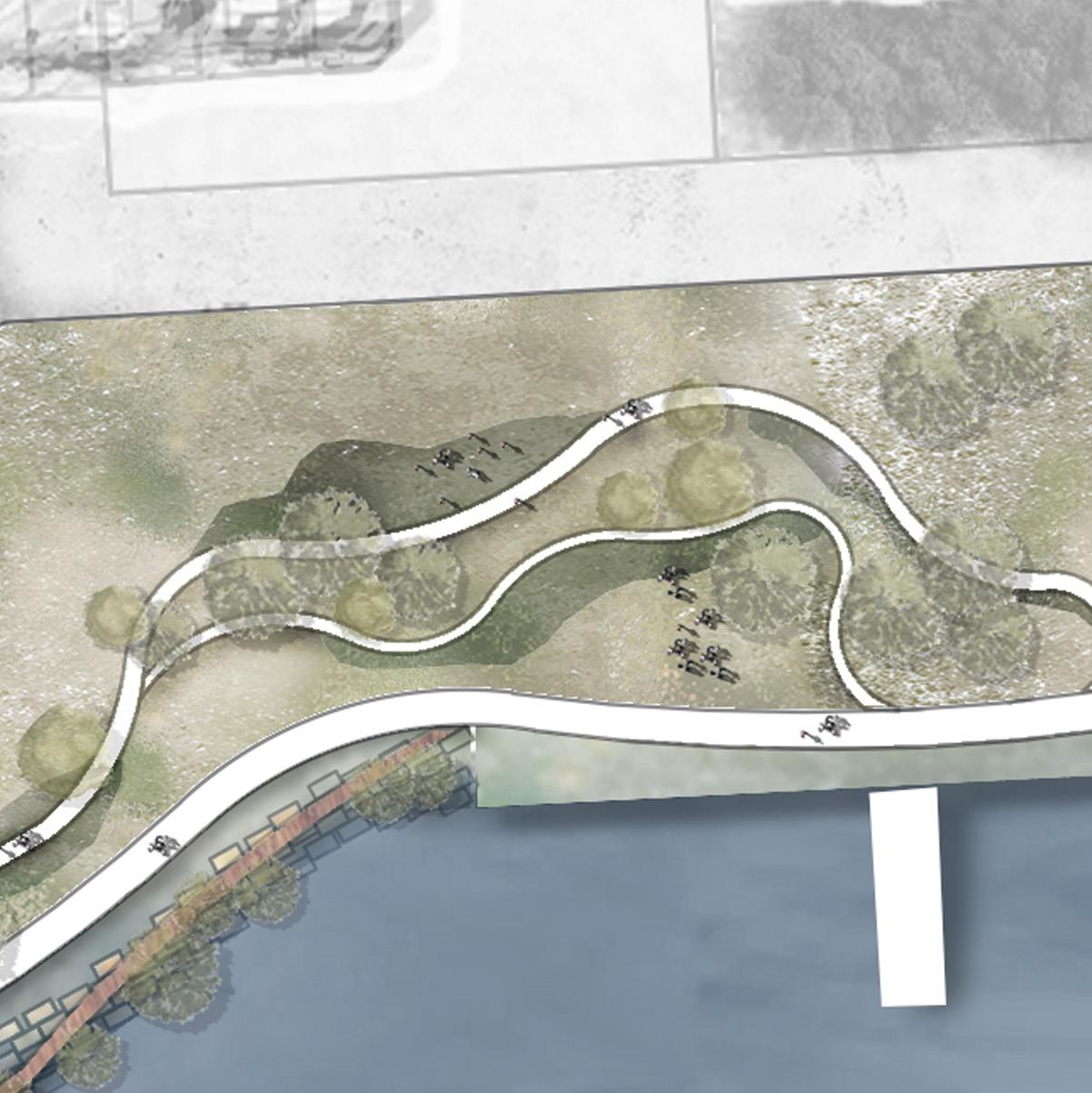
STAGE 4 - STREET PARKS WITH WSUD TERRACED LAWN
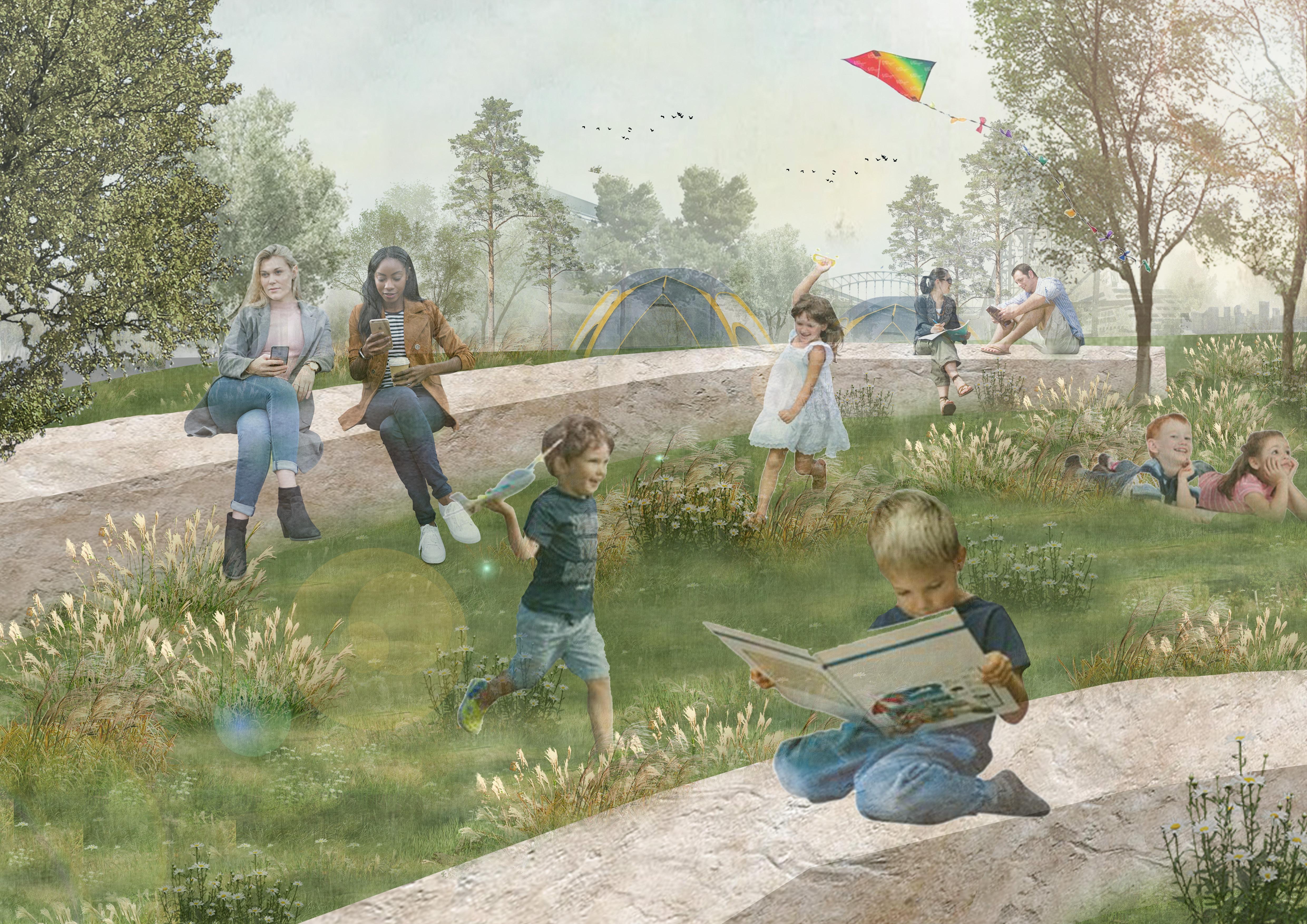
ENJOY THE BAYS
CAMPING
RUNNING
KITE FLYING
SOCIAL INTERACTION
SUNBATHE
READING
Stage 1
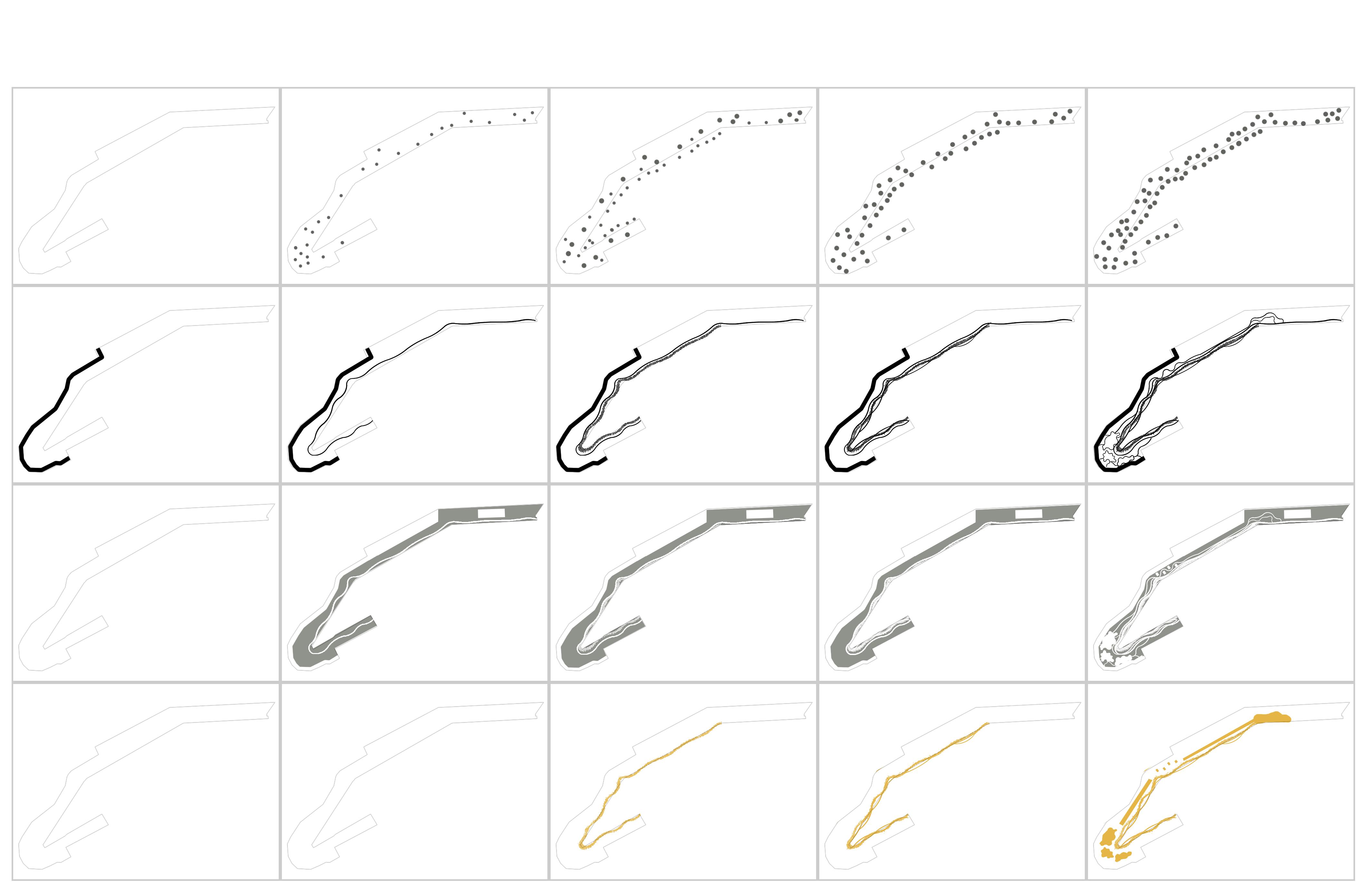
Stage 2
Stage 3
Stage
